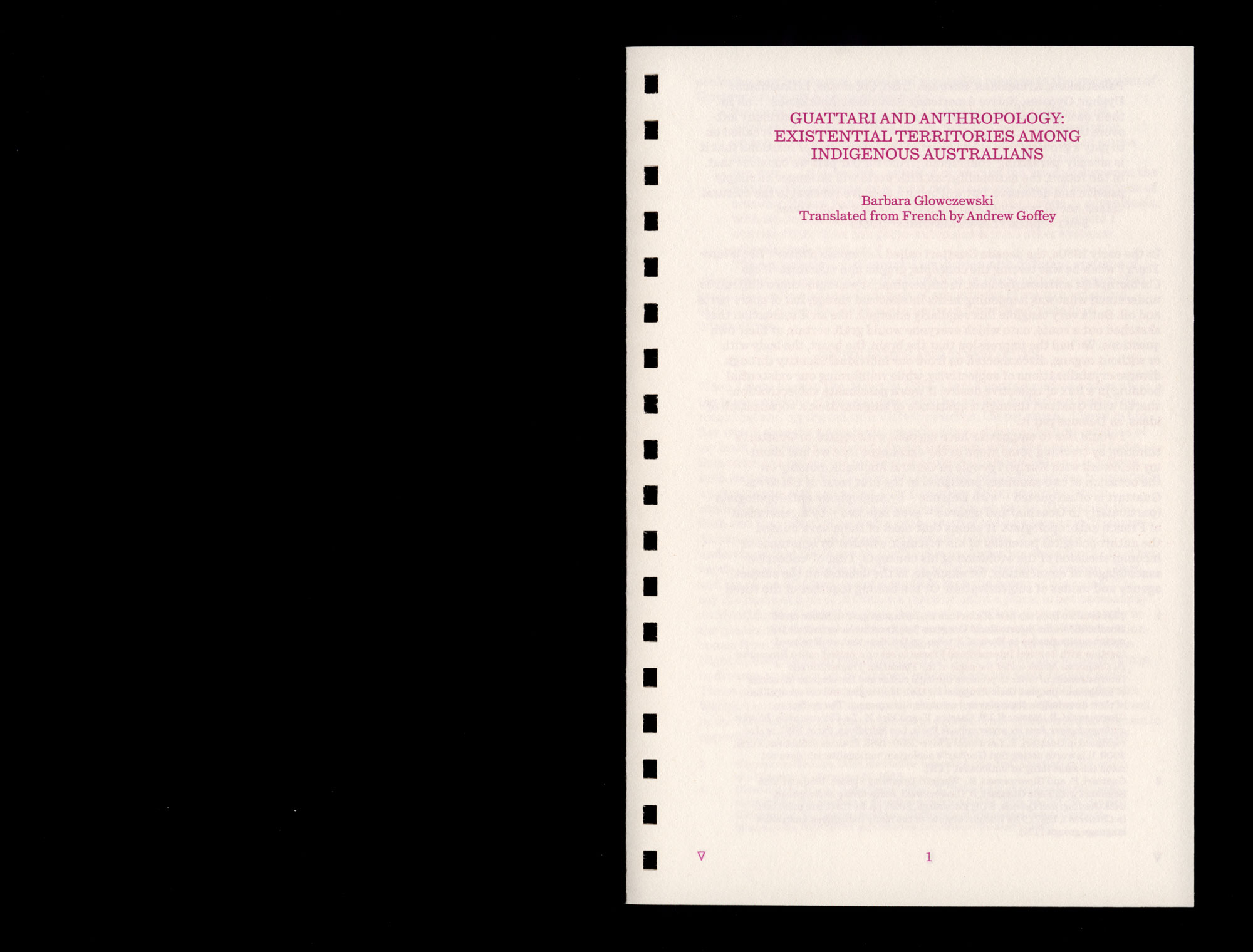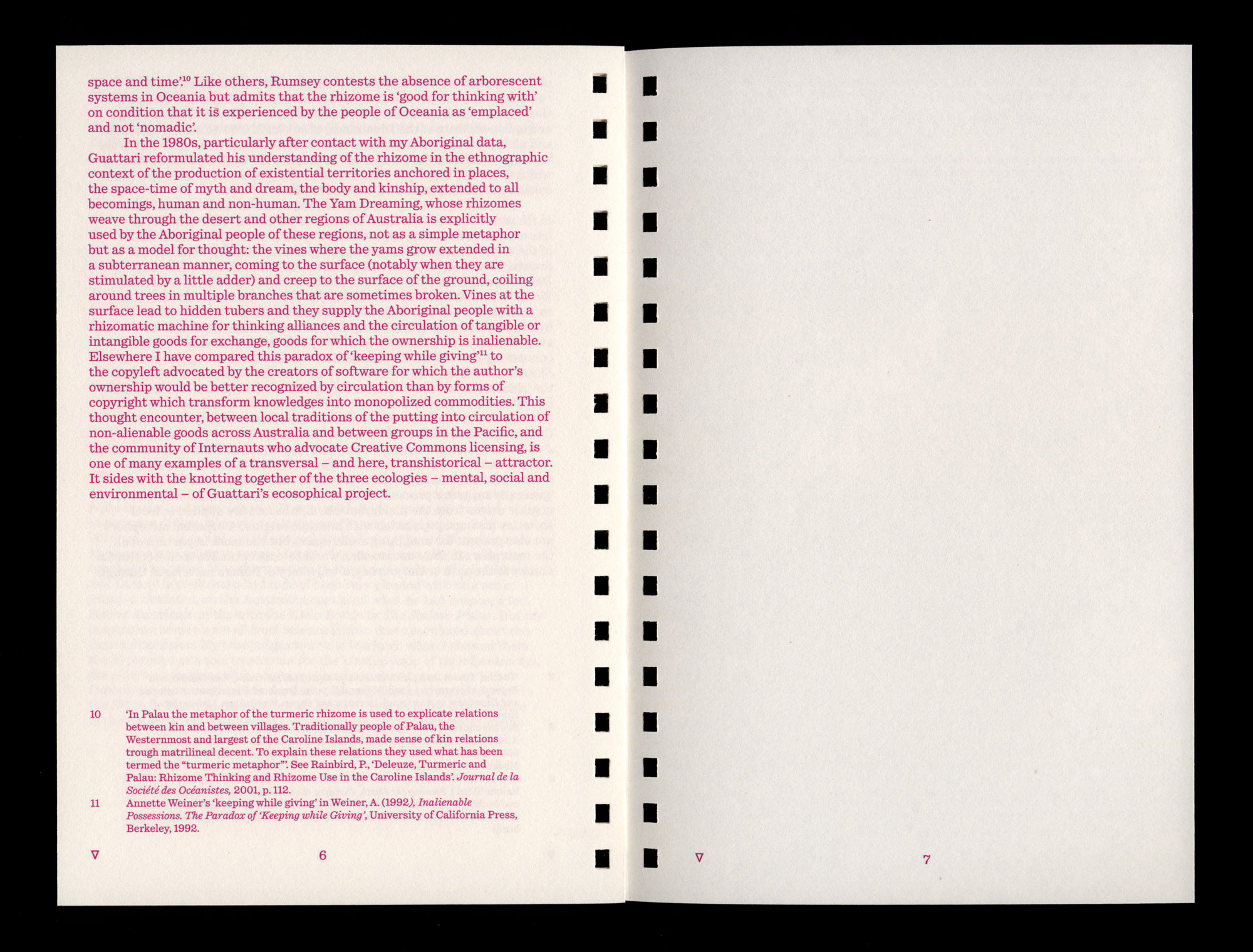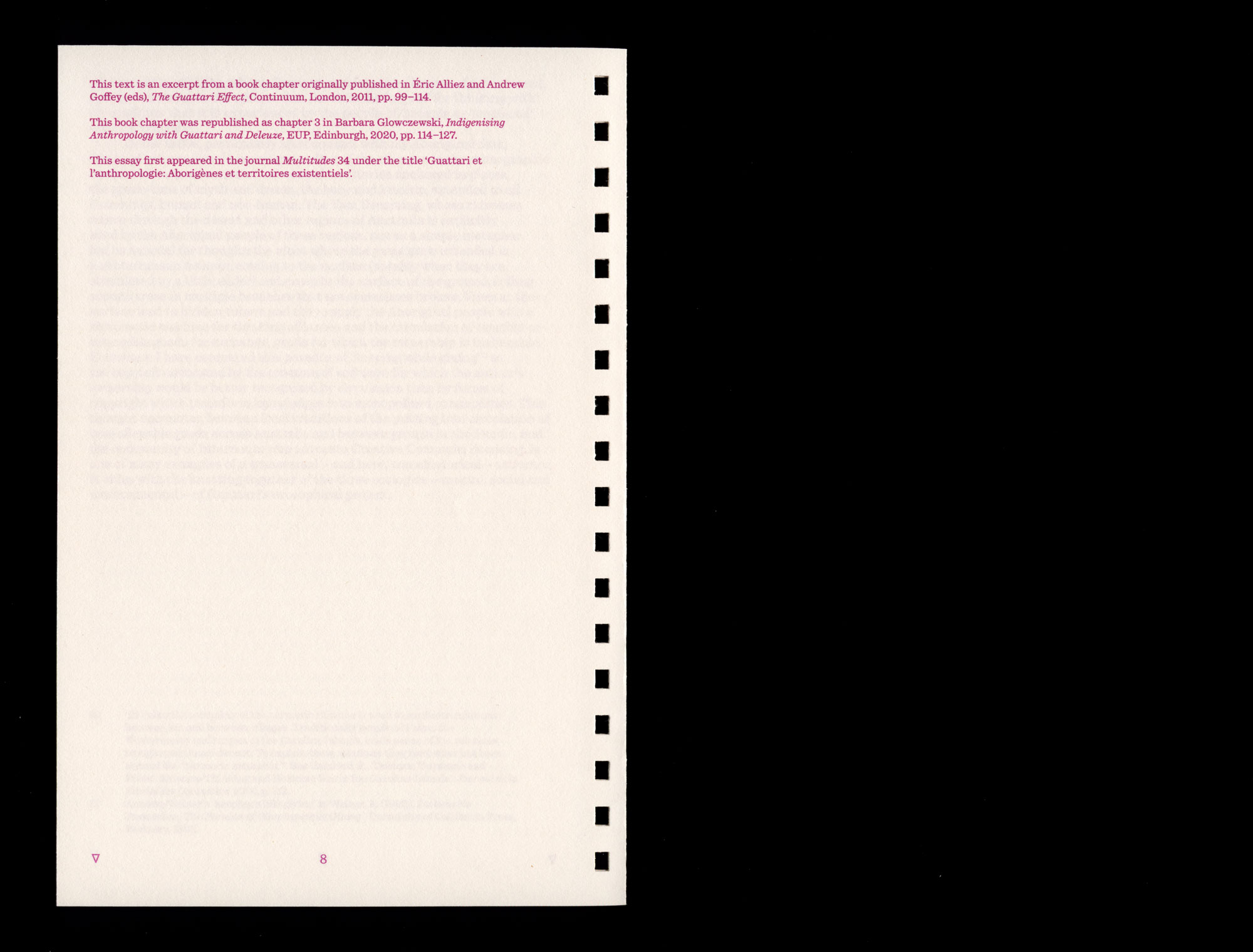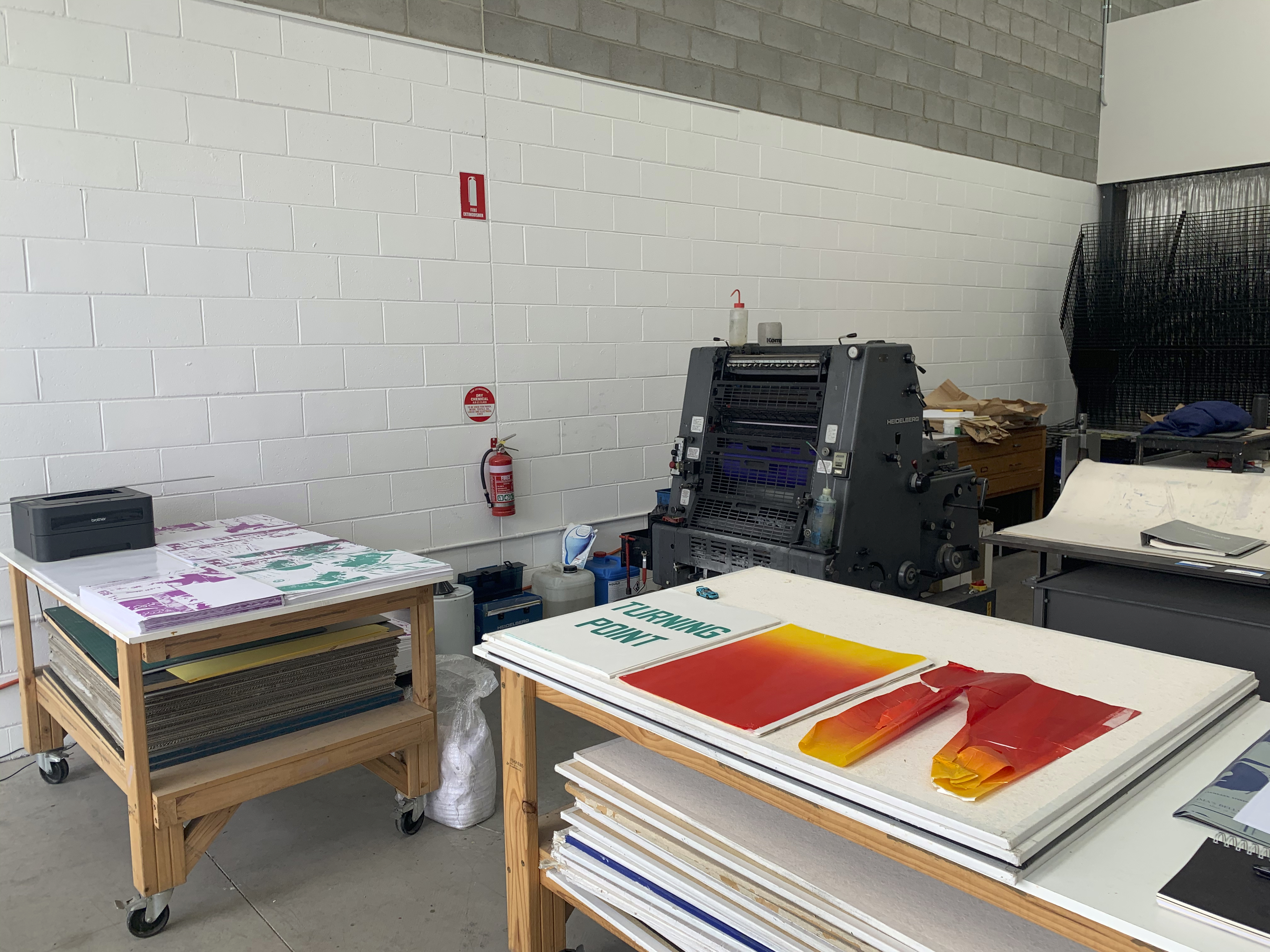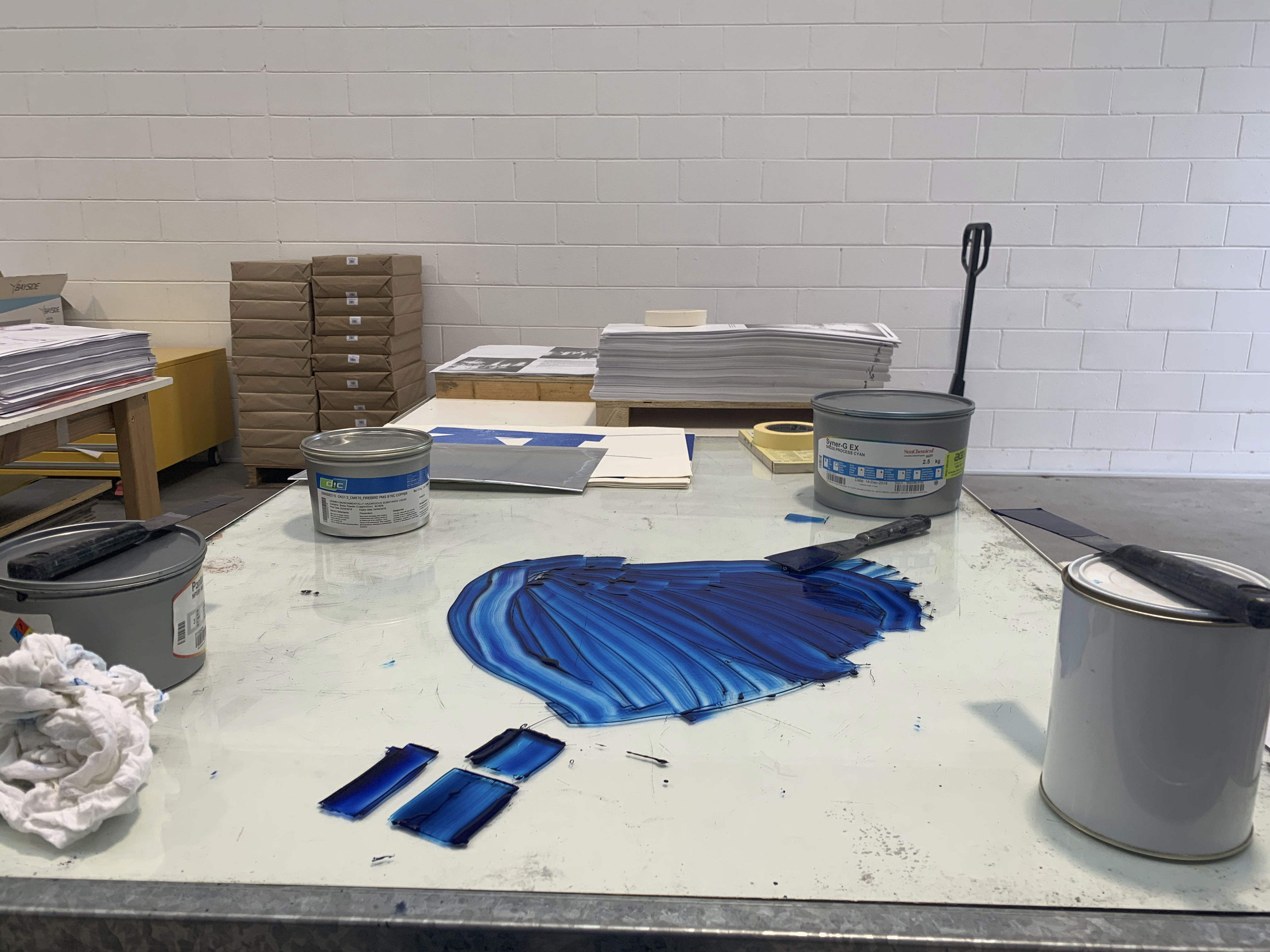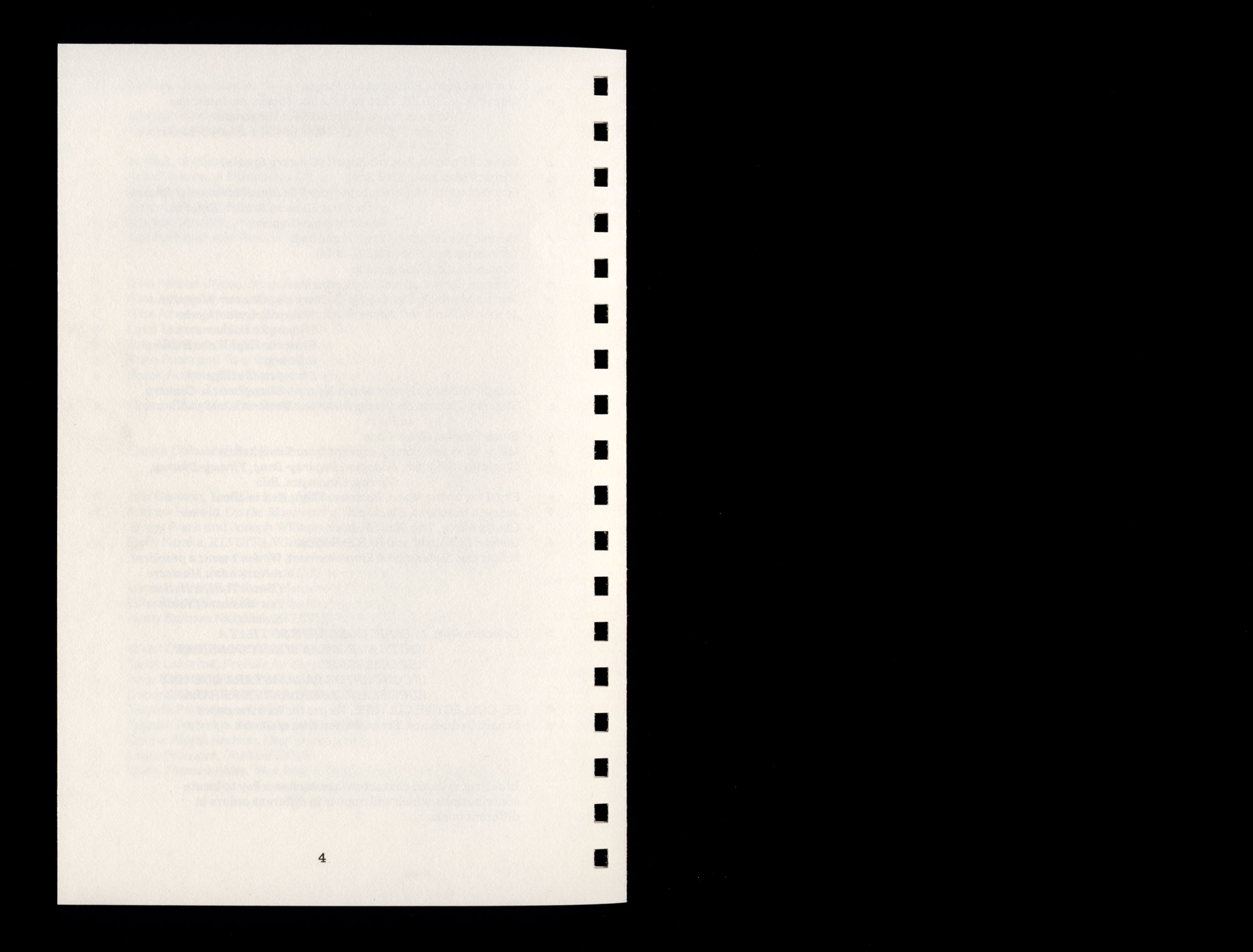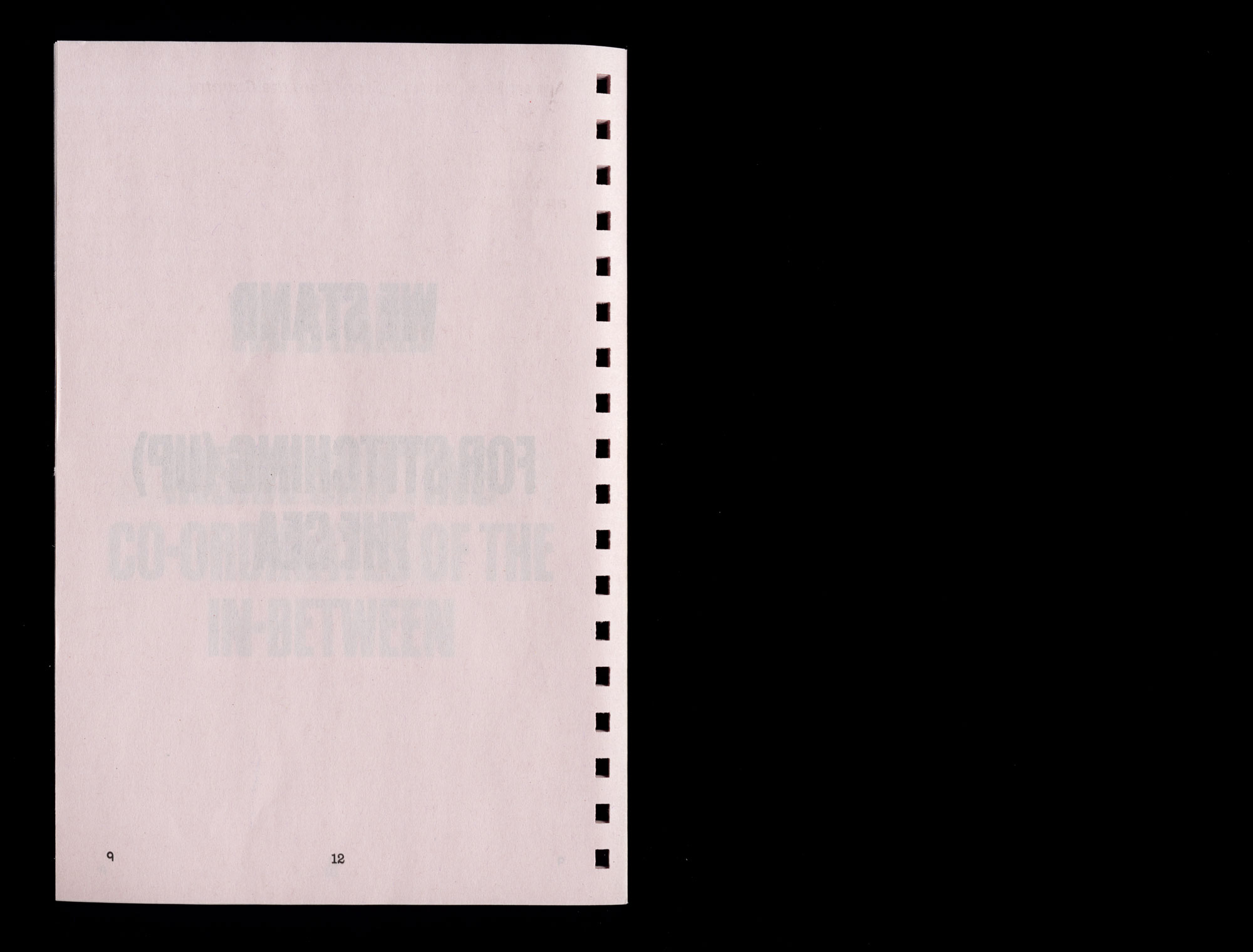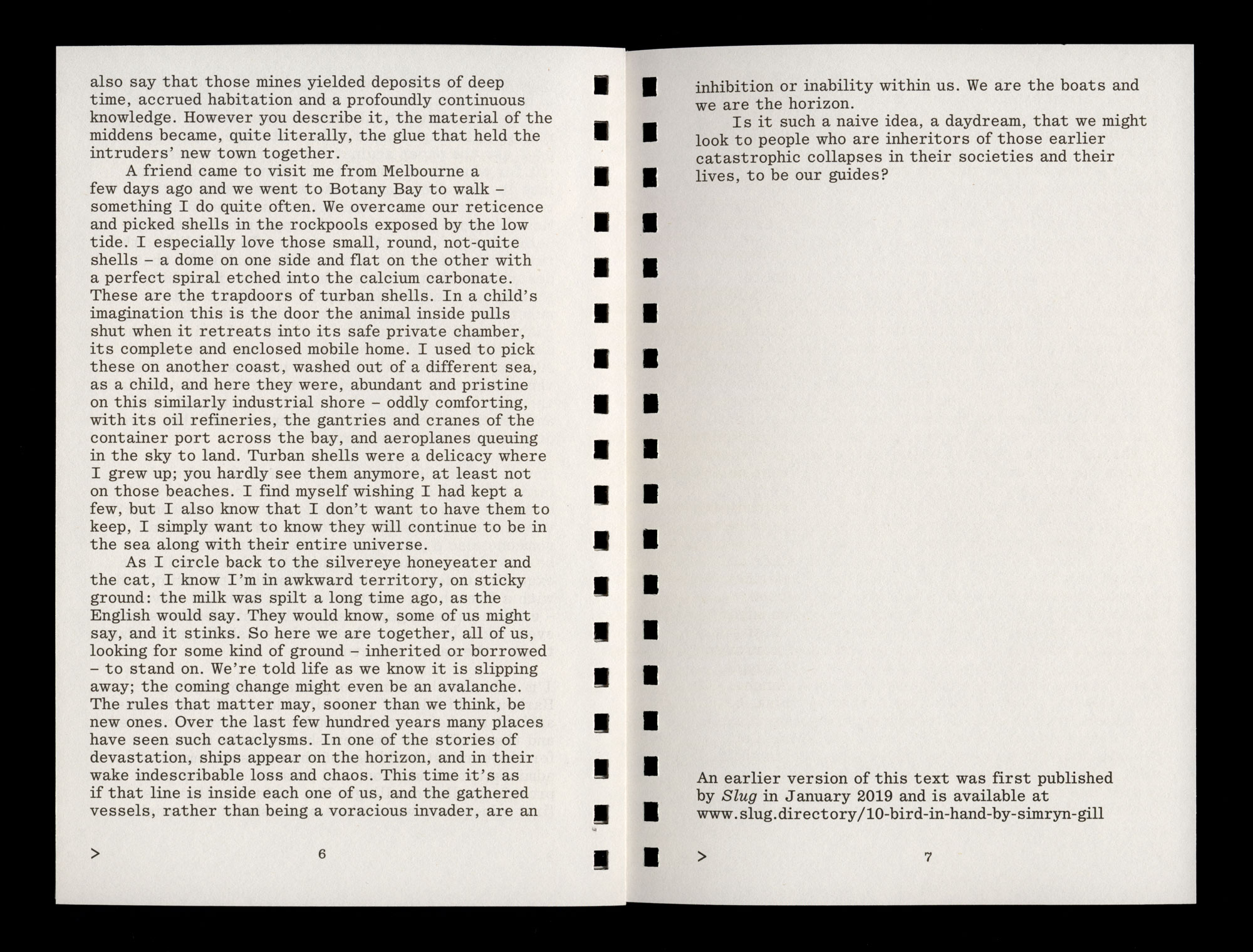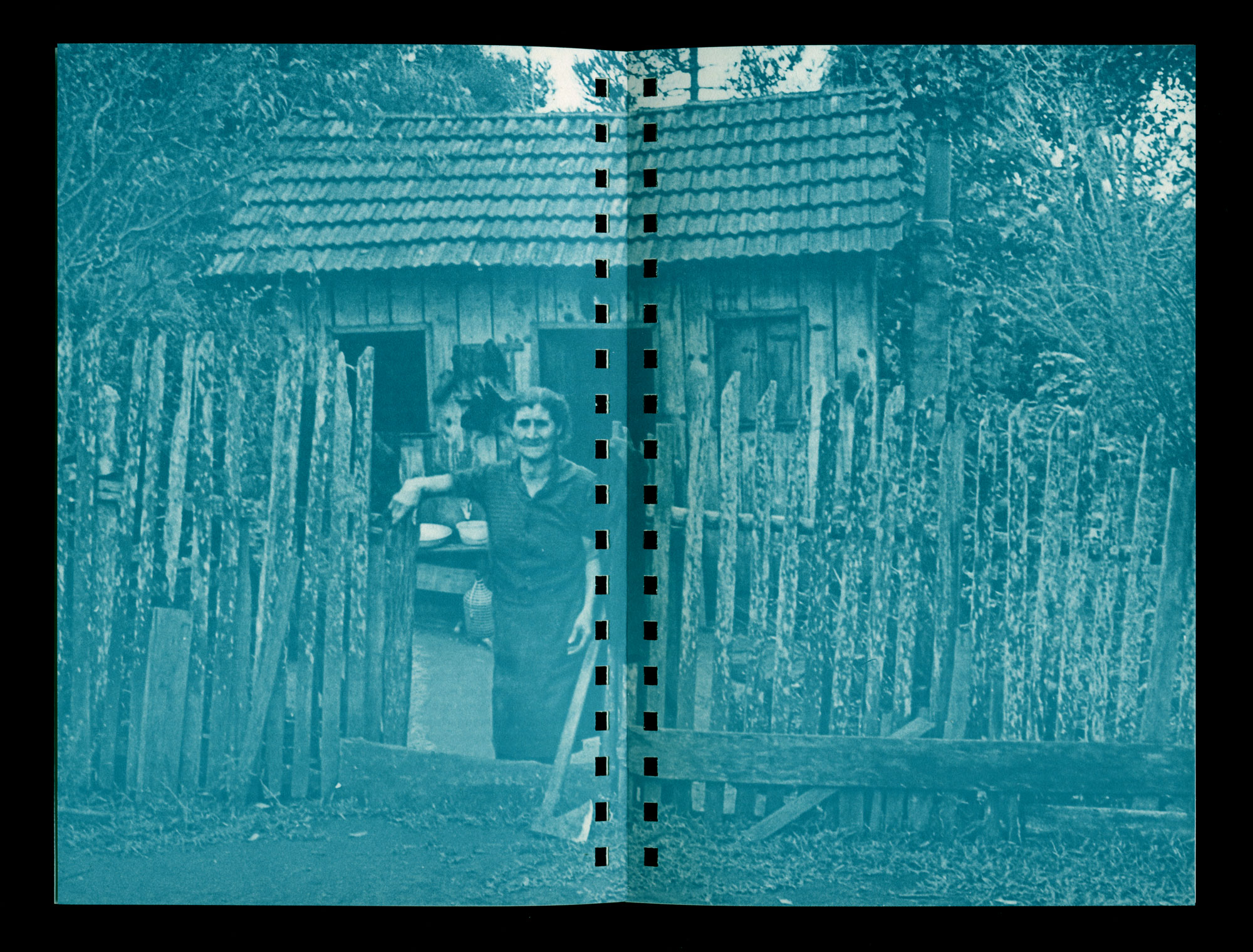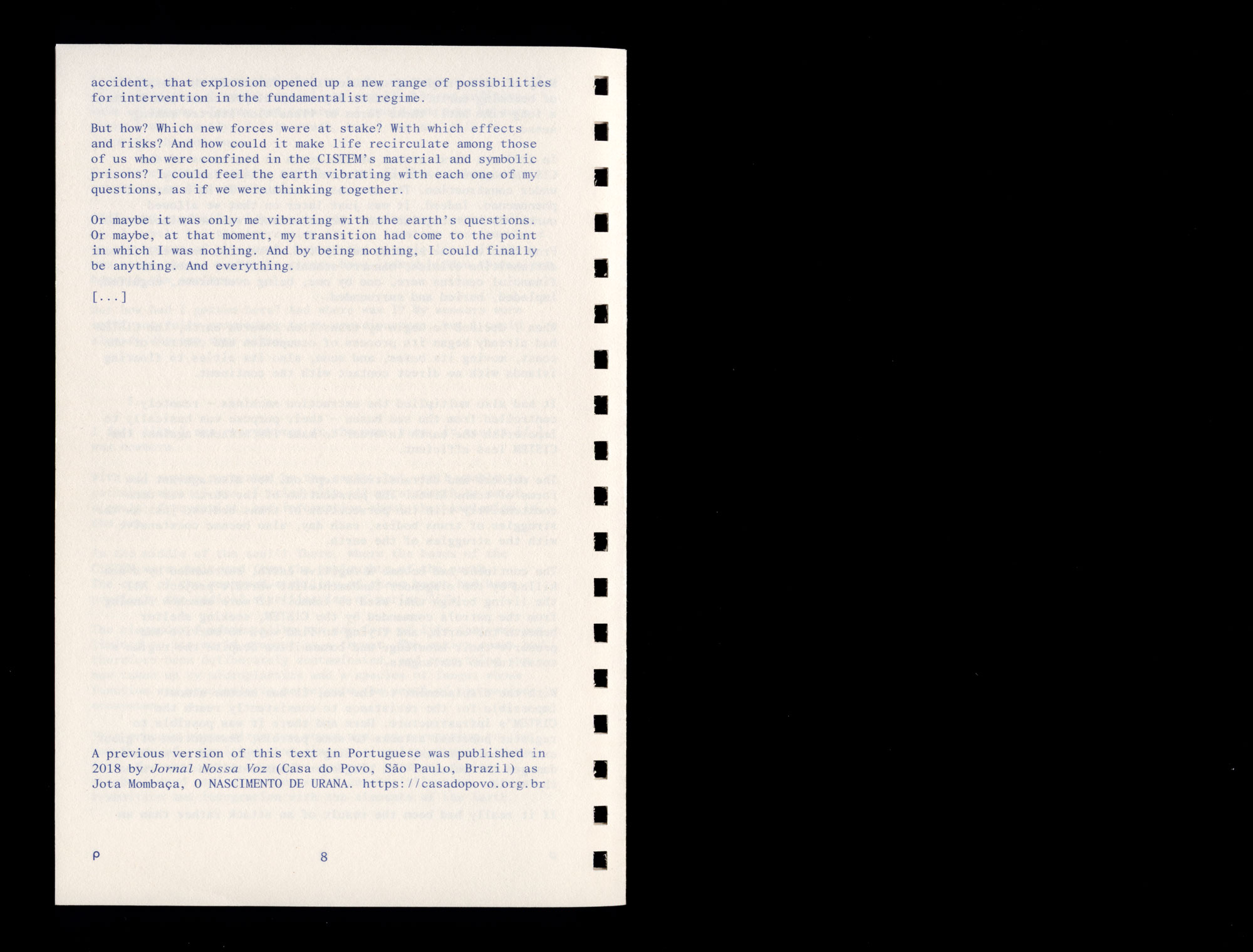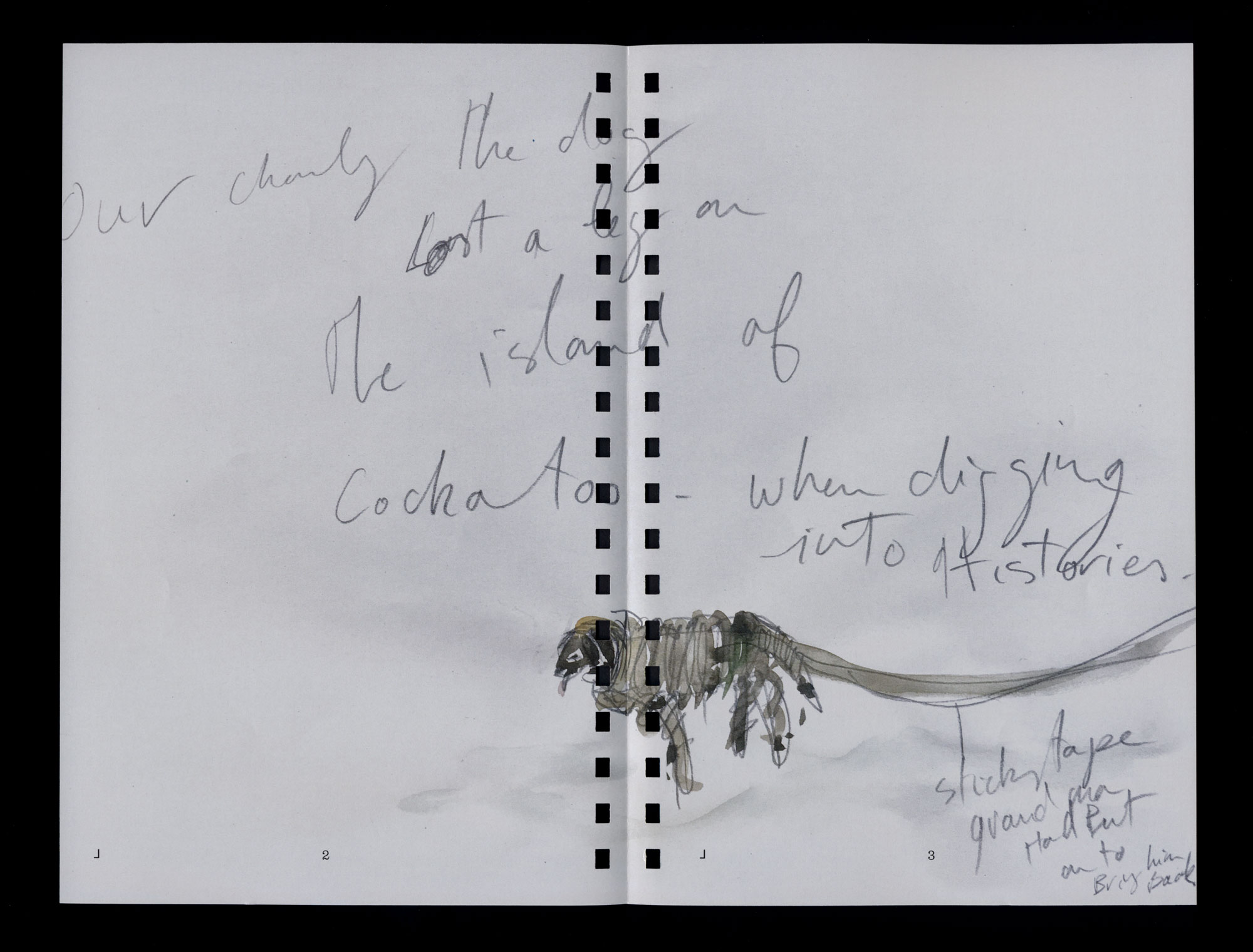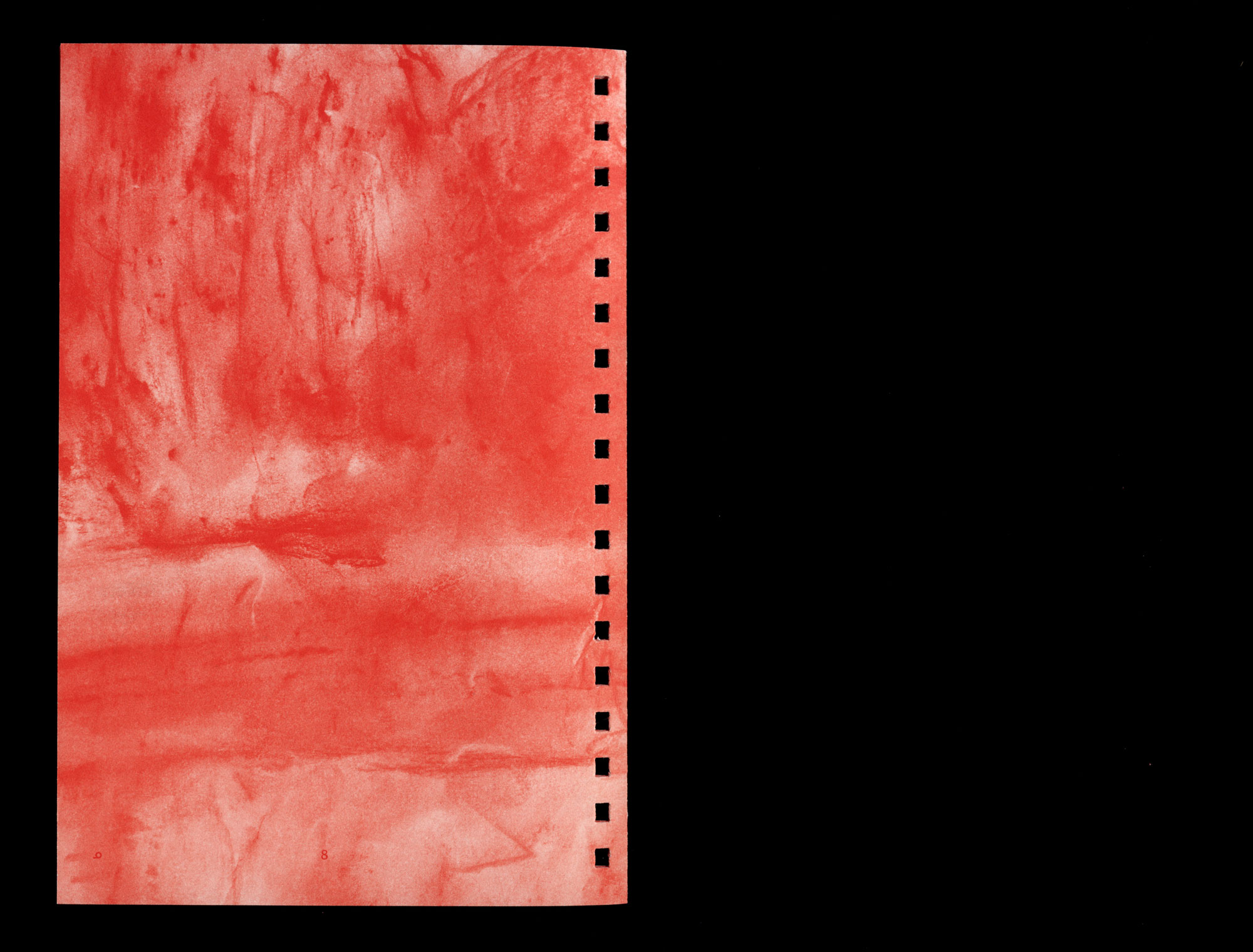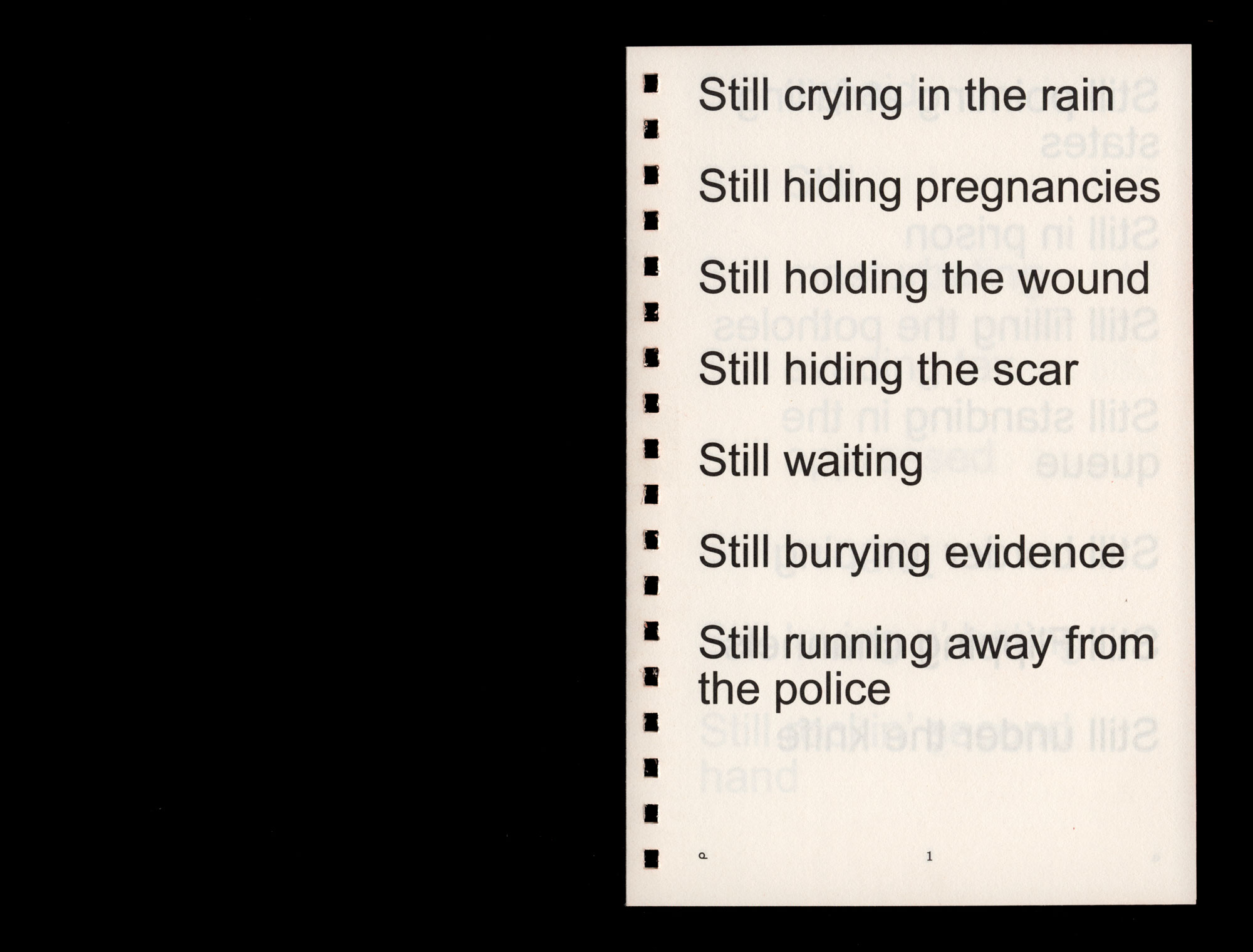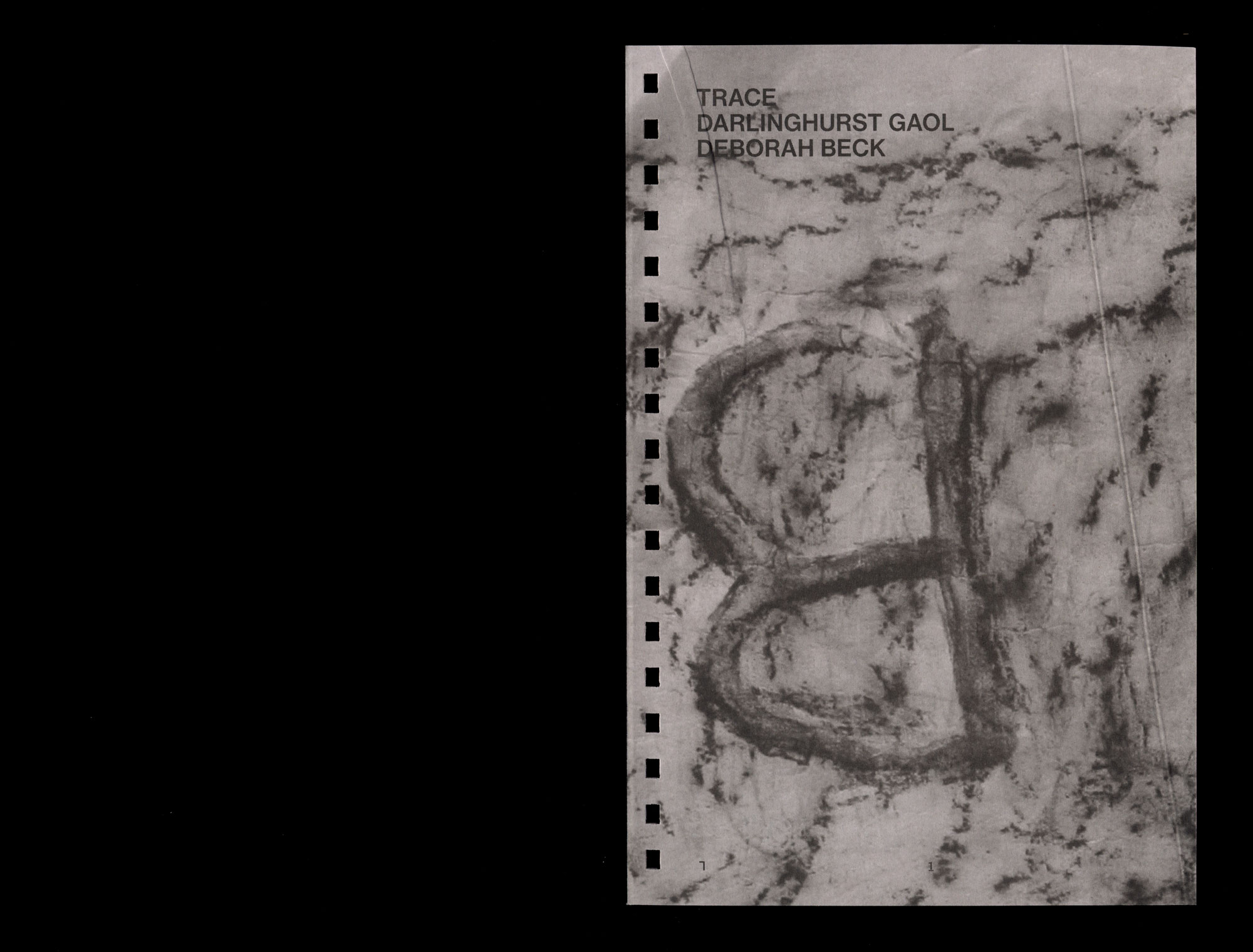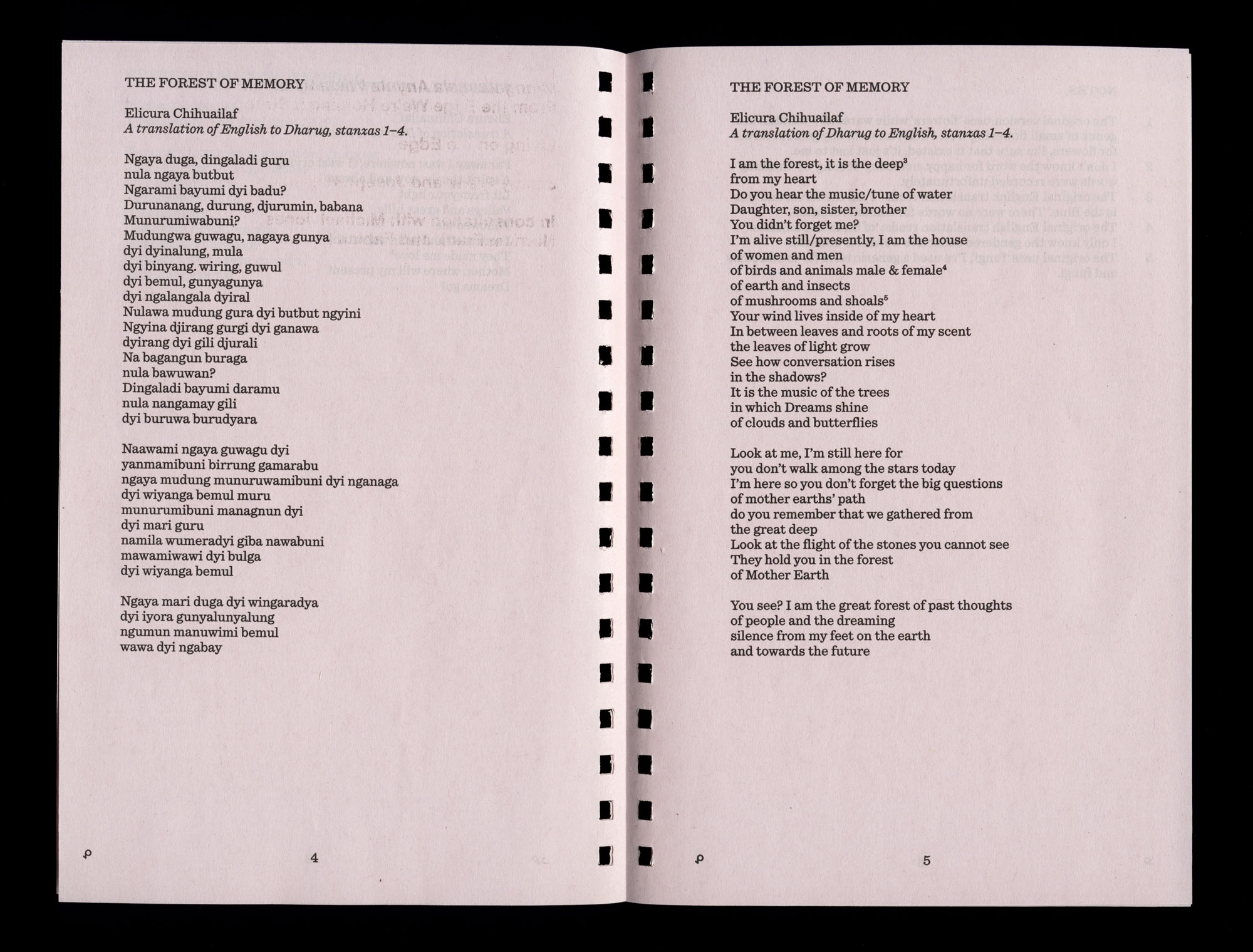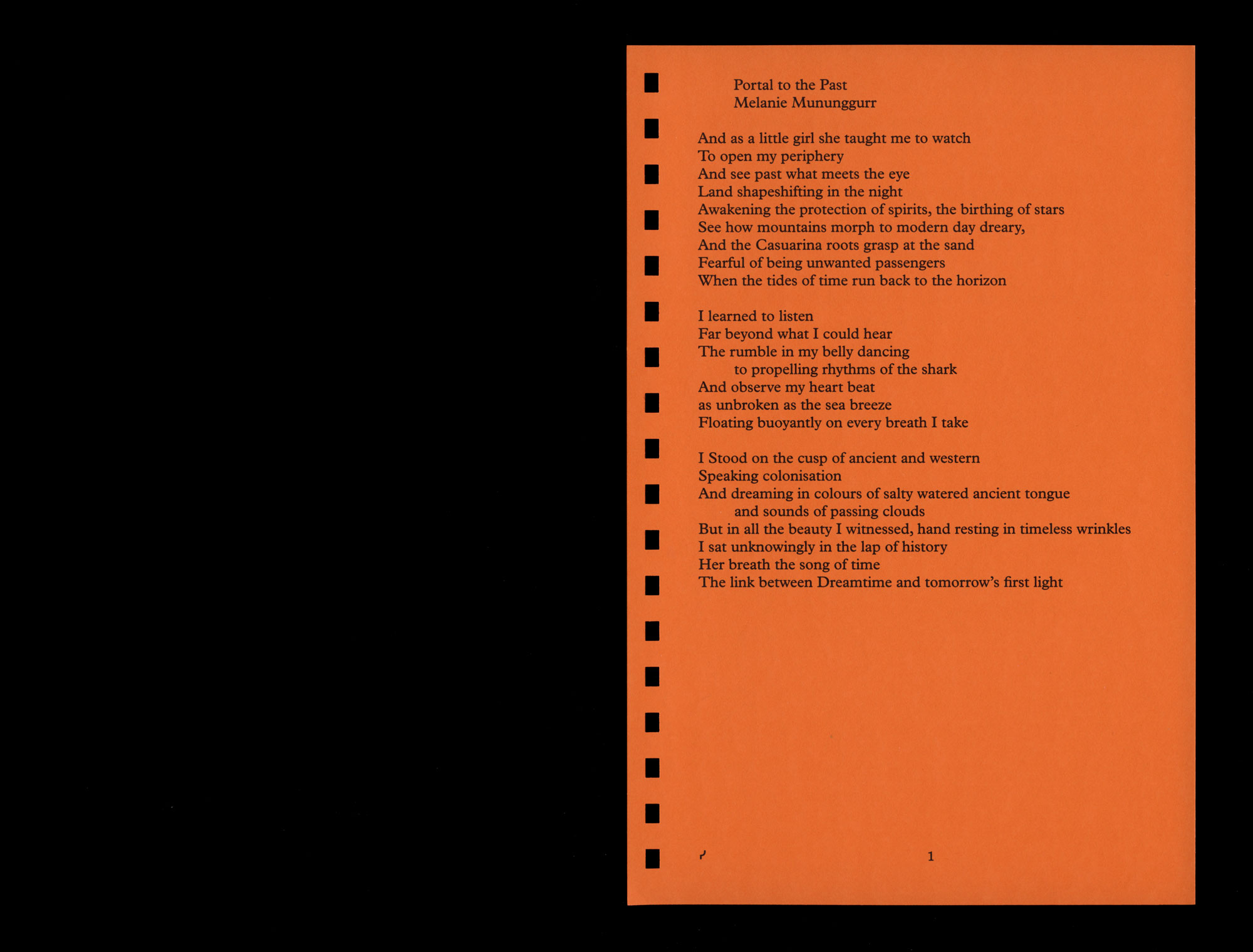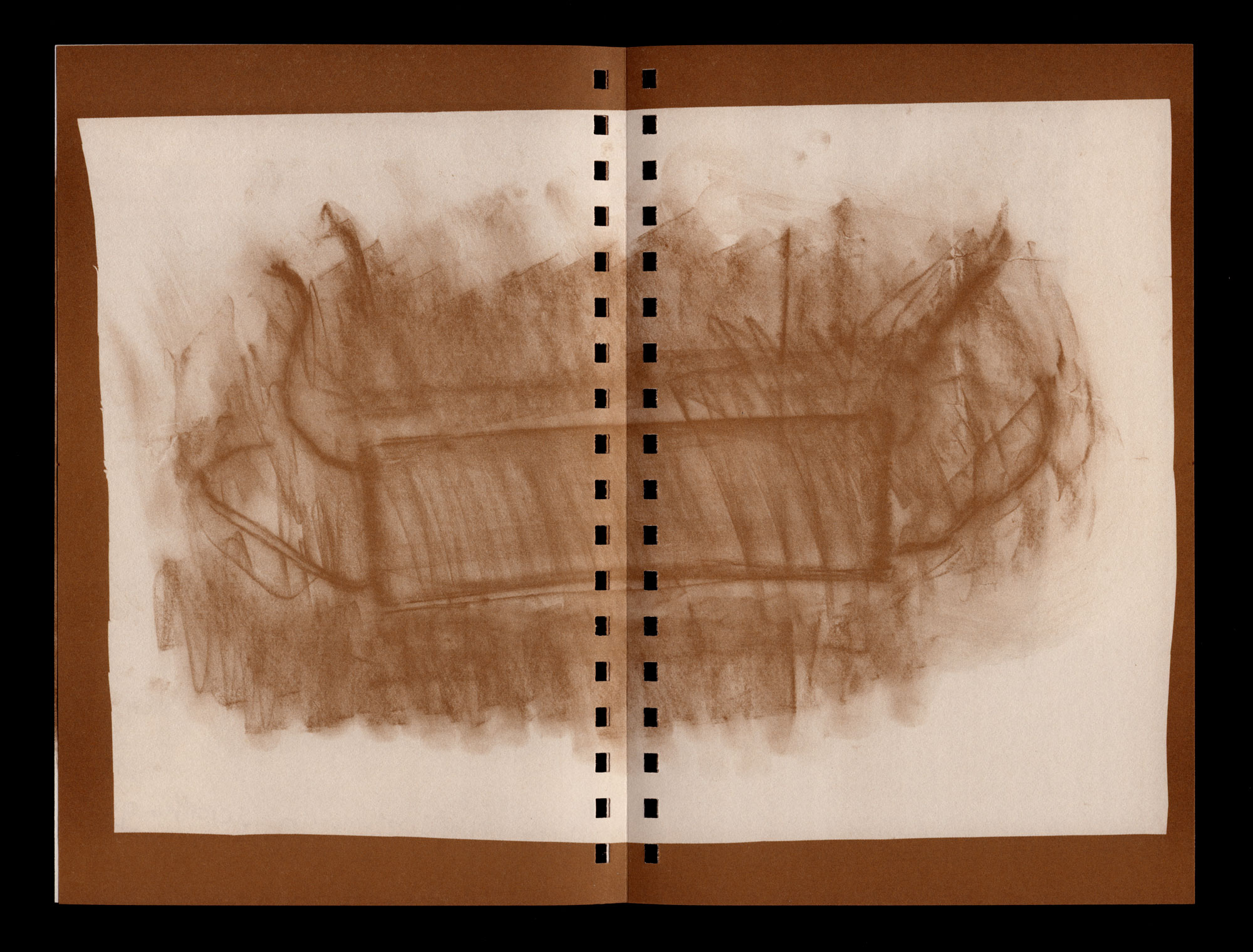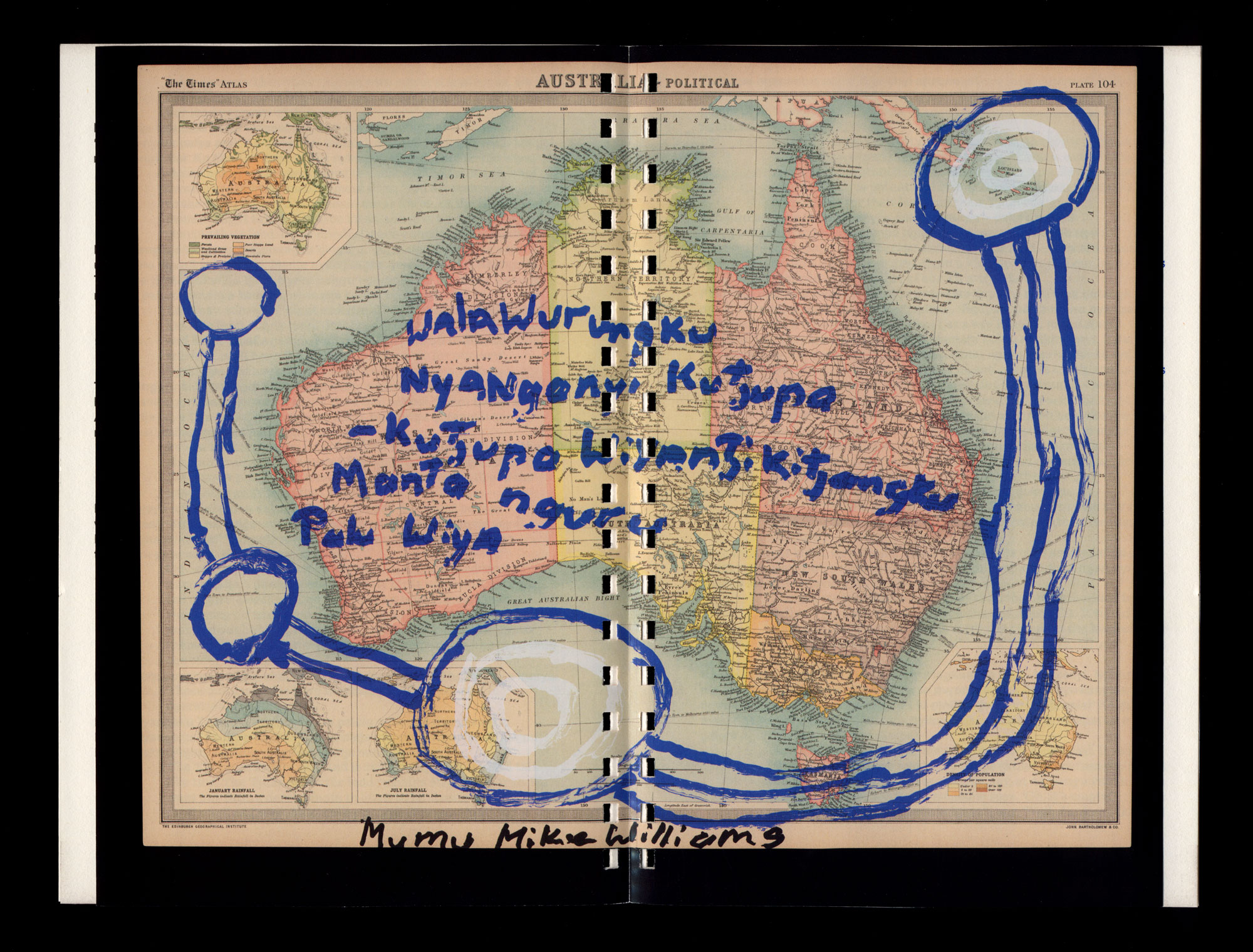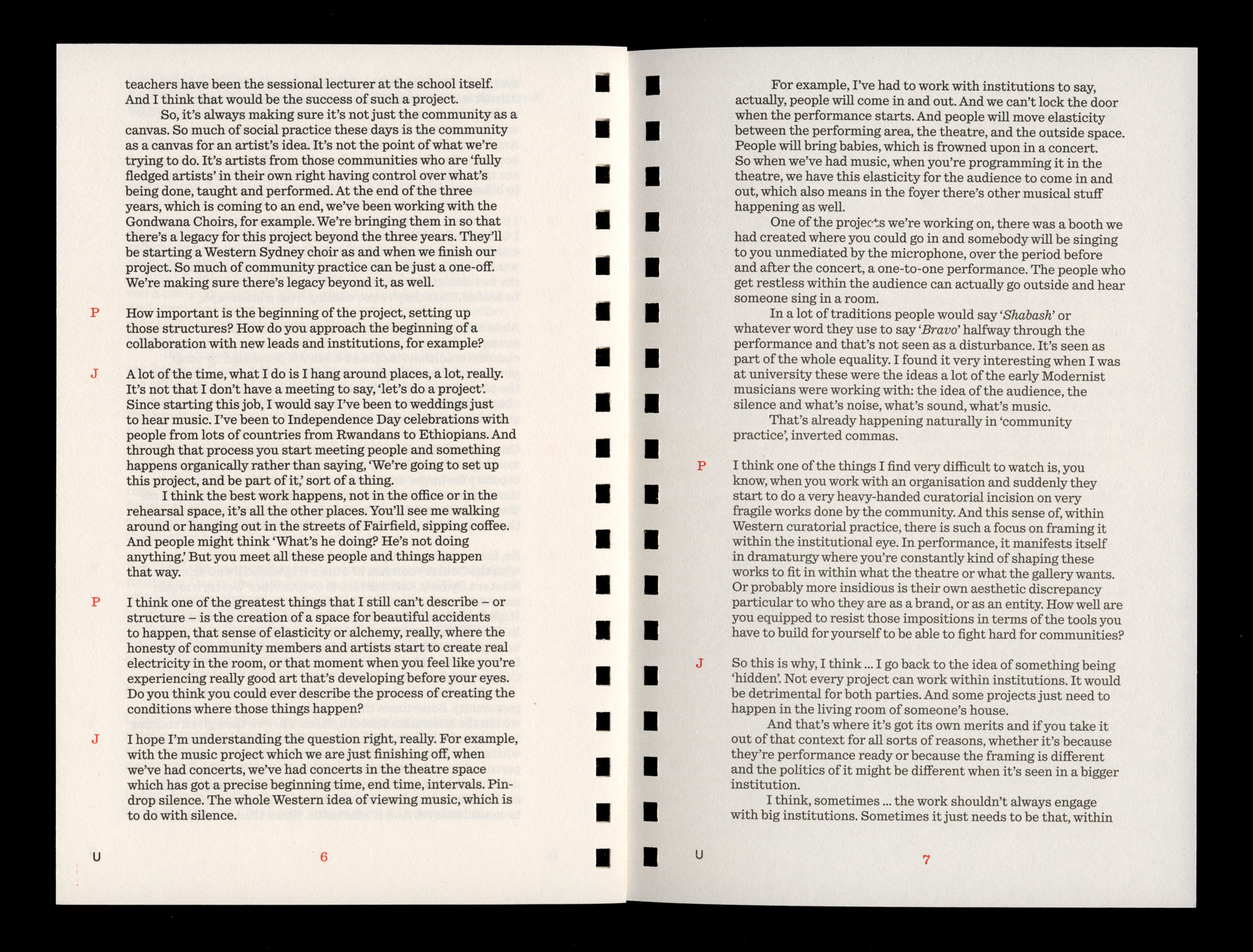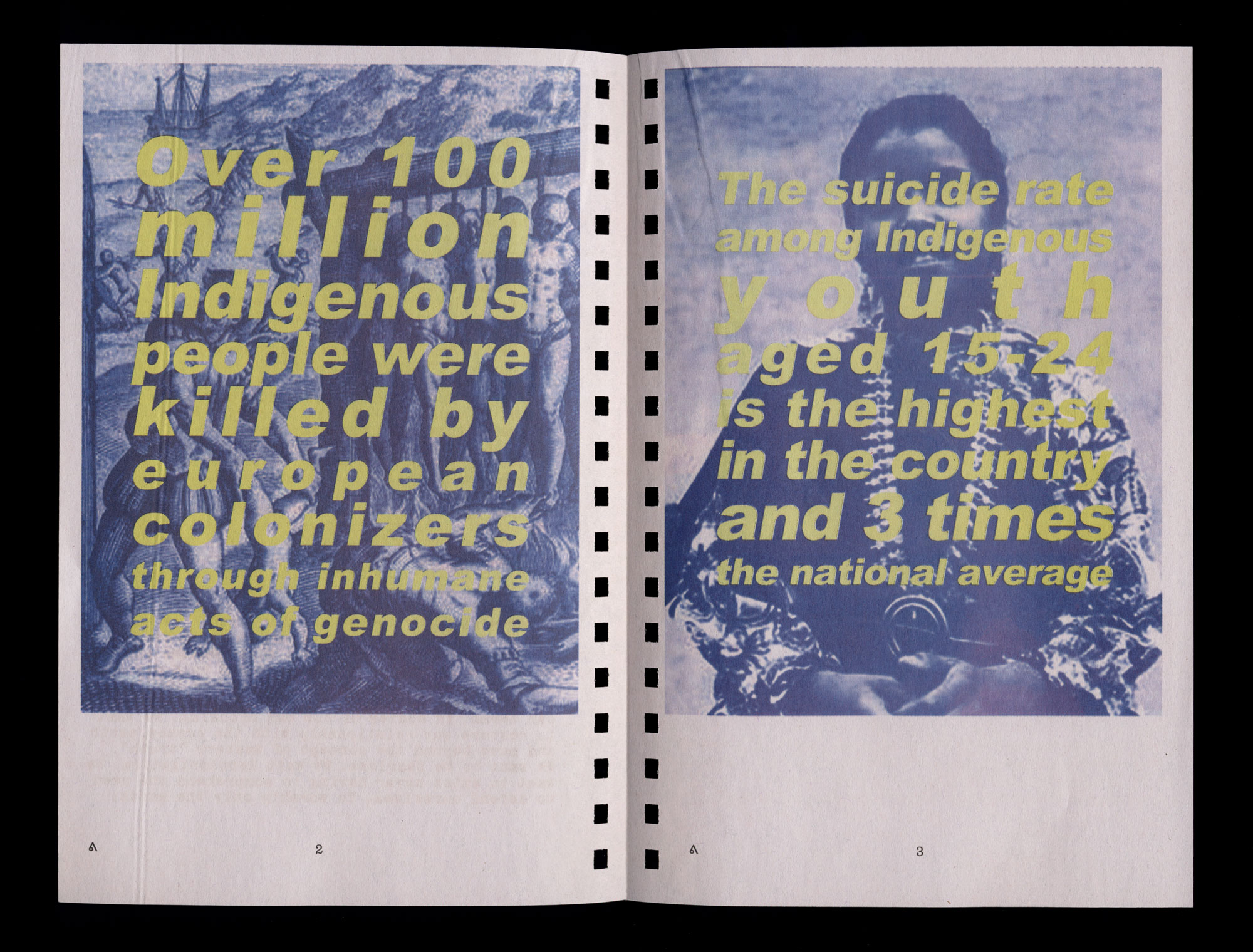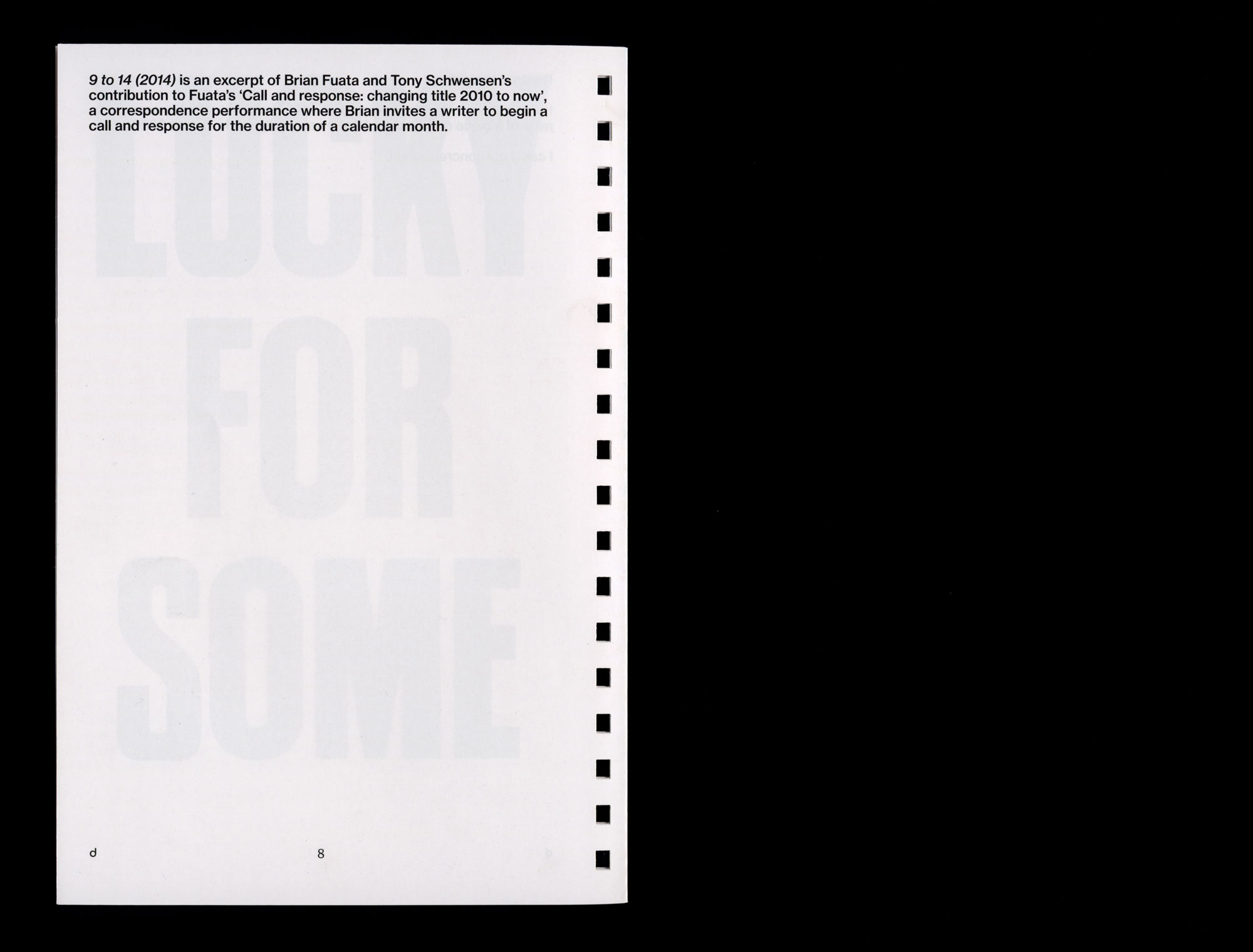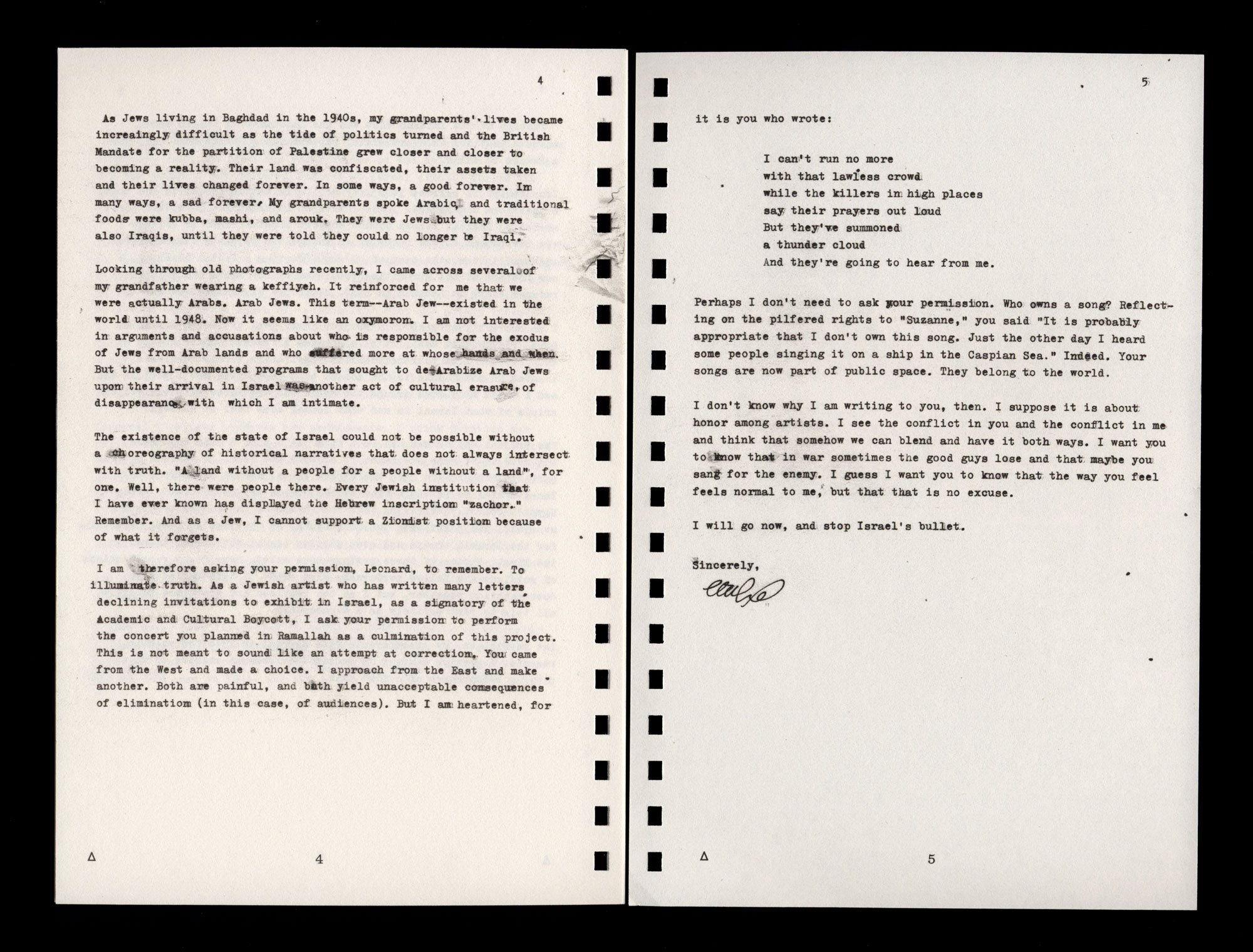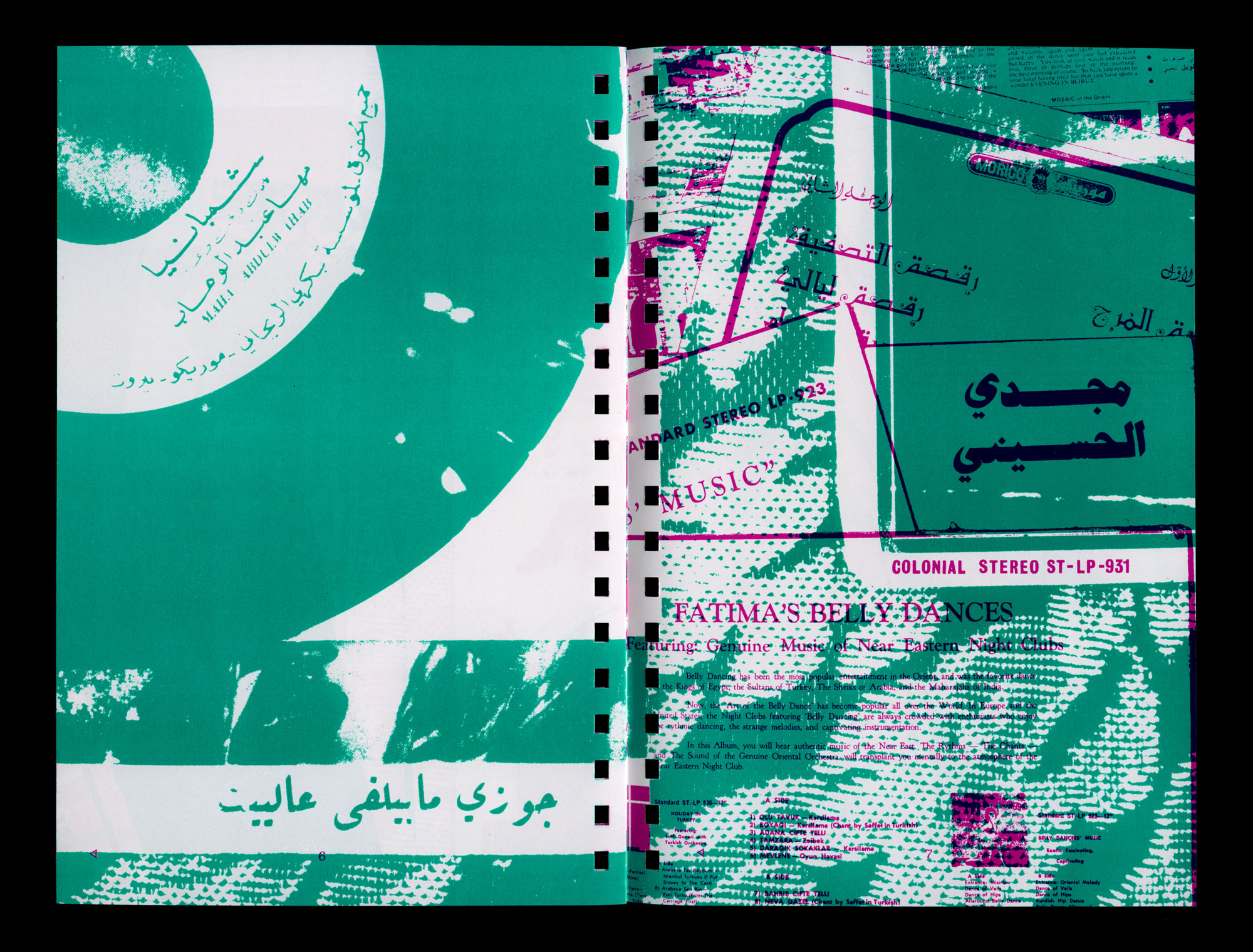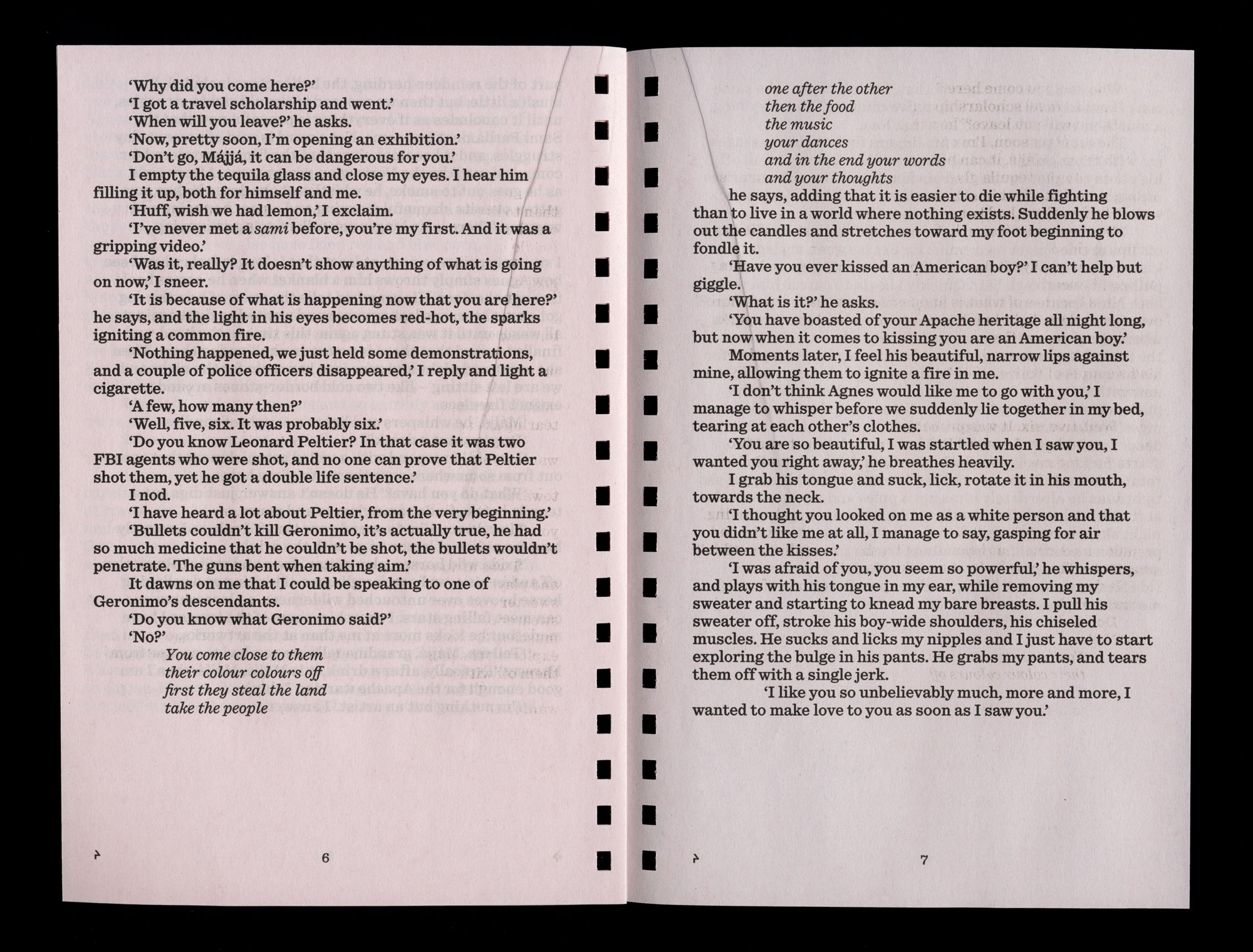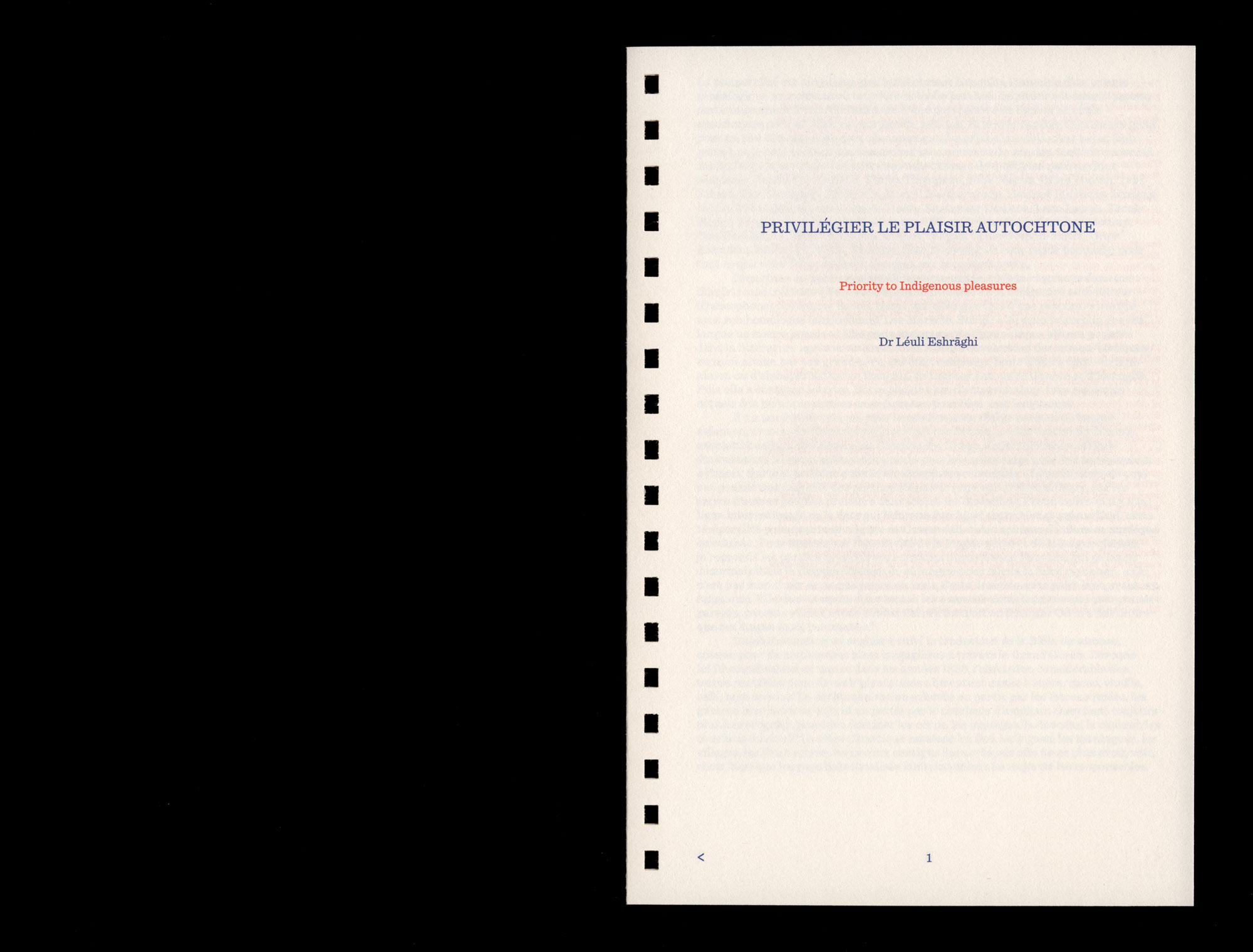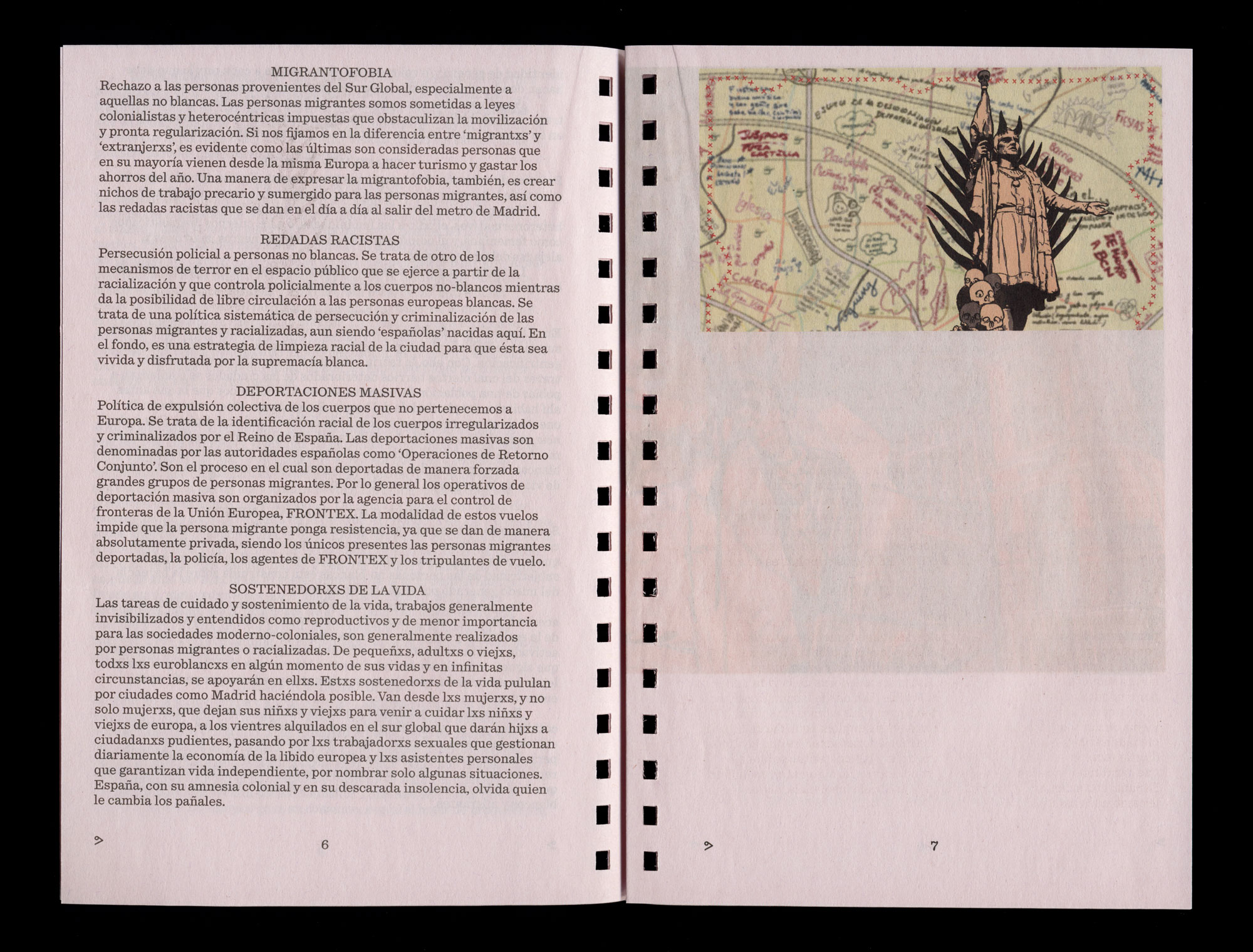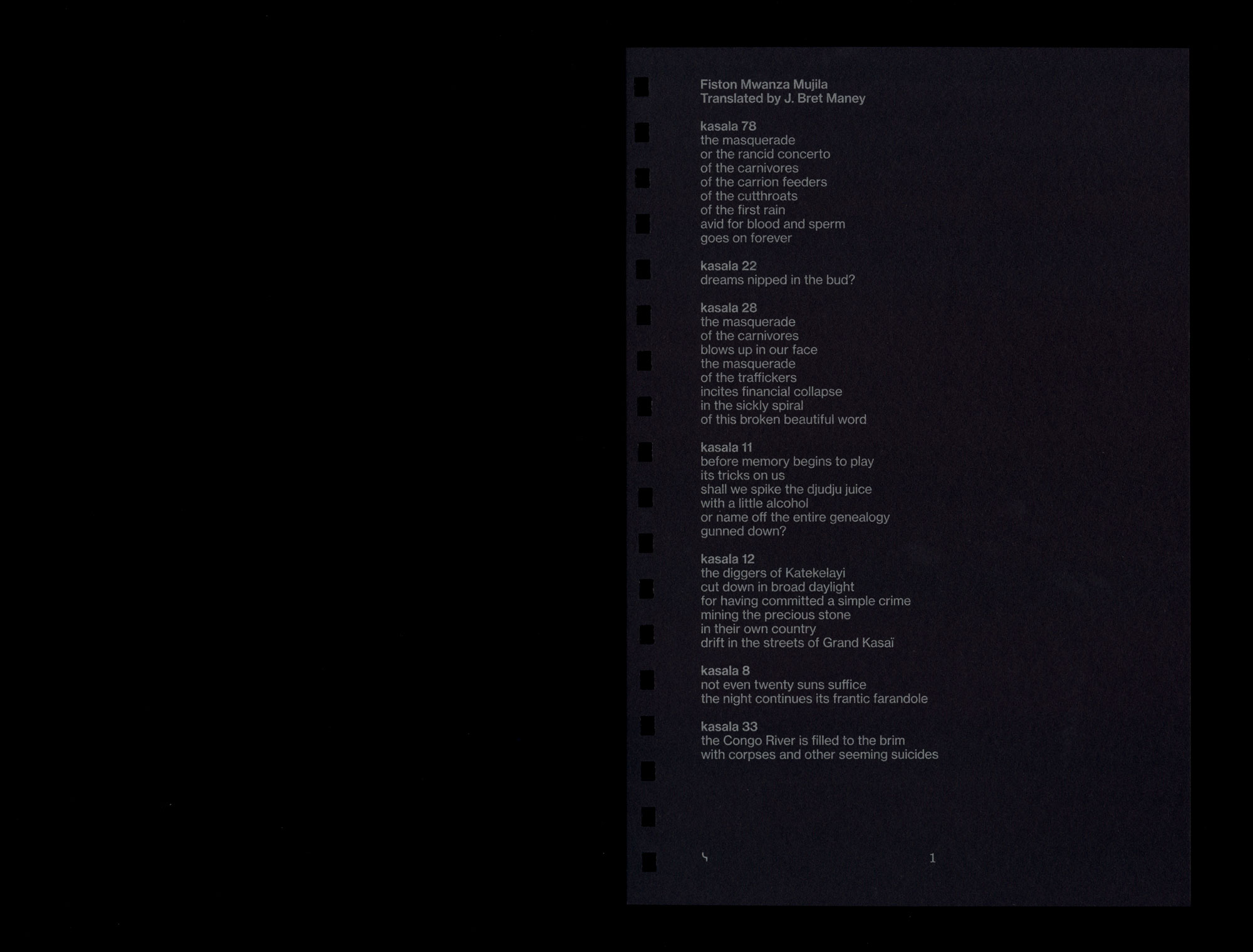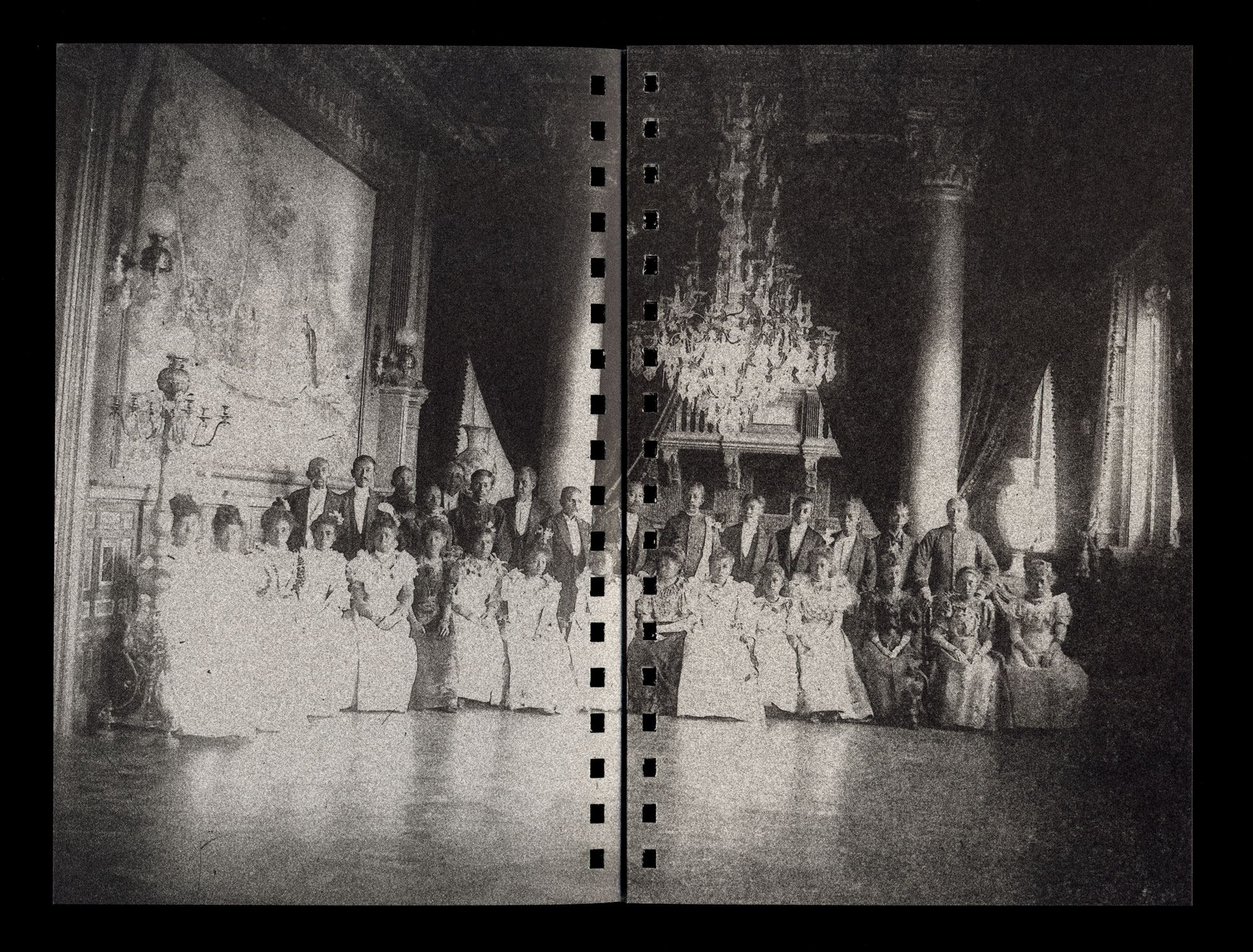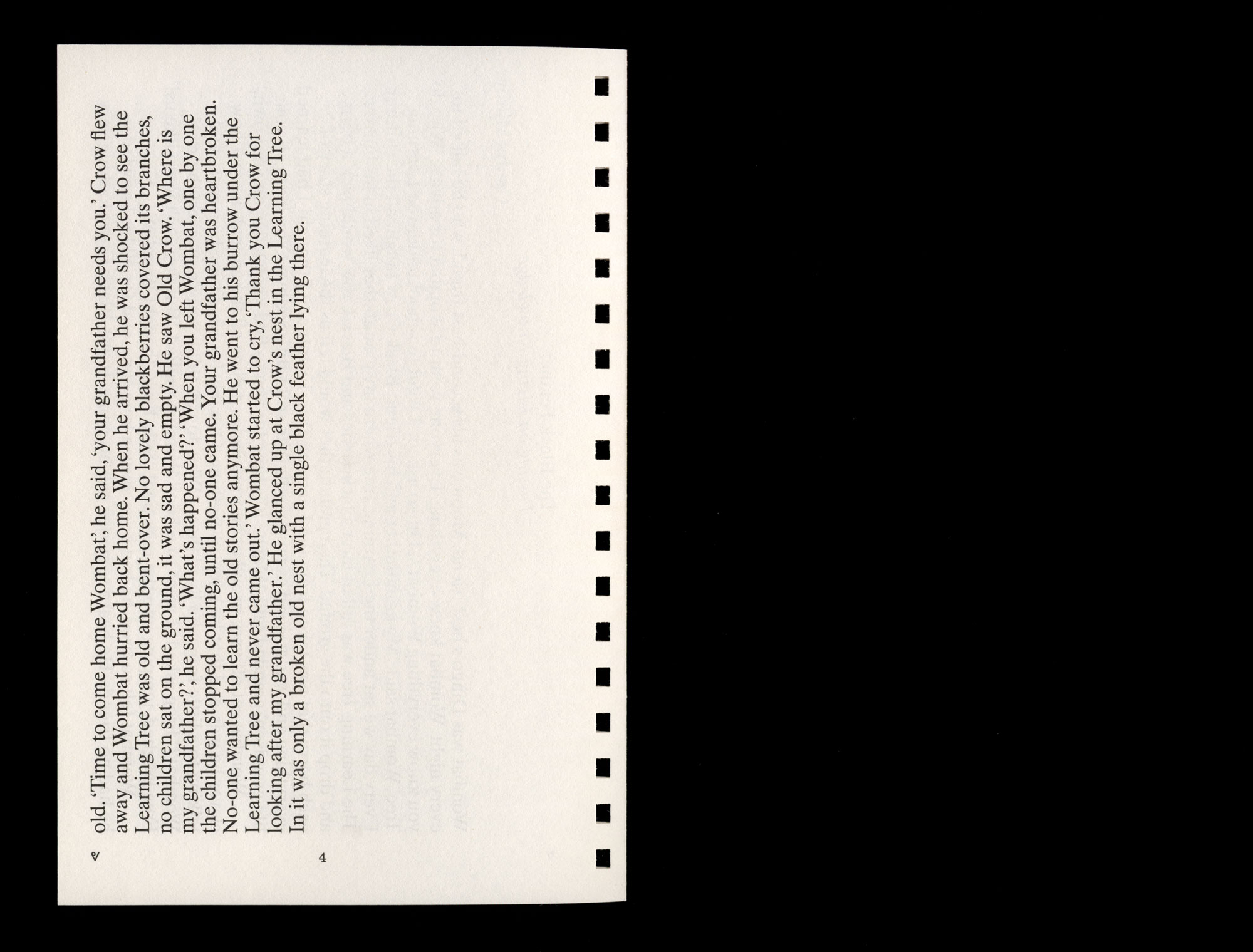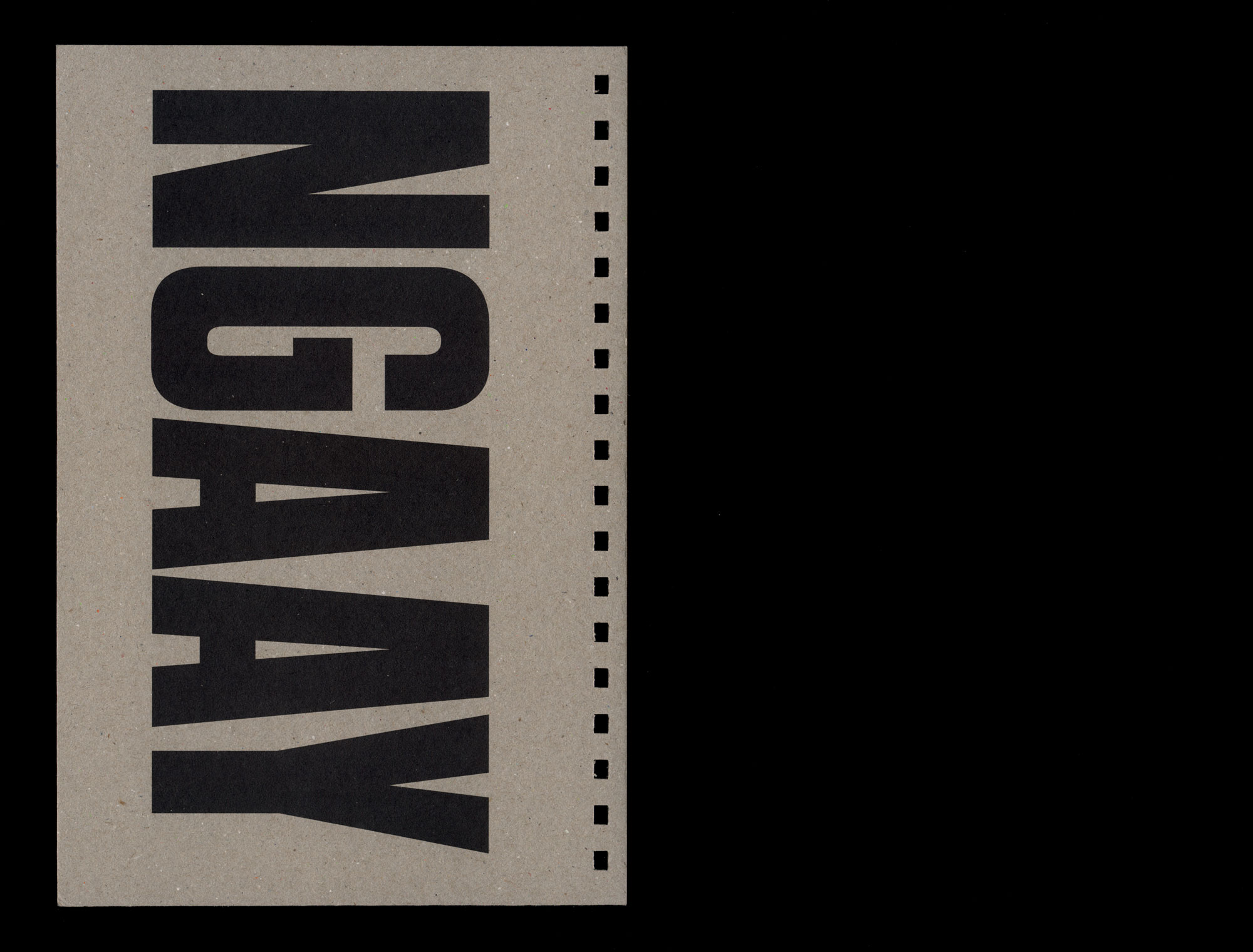Translated from French by Andrew Goffey
Palestinians, Armenians, Basques, Irish, Corsicans, Lithuanians, Uyghur, Gypsies, Native Americans, Australian Aborigines . . . all in their own way and in very different contexts, appear as so many left-overs of history . . . In fact this nebula with fuzzy contours is called on to play a growing role at the heart of the international relations that it is already ‘parasiting’ considerably. And for our part we consider that, in the future, the nationalitarian fifth world will no longer be simply passive and defensive, but will bring a decisive renewal to the cultural values, social practices and models of society of our times. 1
Félix Guattari Les années d’hiver (1986)
In the early 1980s, the decade Guattari called Les années d’hiver (The Winter Years), when he was testing the concepts, graphs and machines of his Cartographies schizoanalytiques, in his seminar, it was sometimes difficult to understand what was happening in his intellectual garage, full of spare parts and oil. But a very tangible flux regularly emerged, like an illumination that sketched out a route, onto which everyone would graft certain of their own questions. We had the impression that the brain, the heart, the body with or without organs, disconnected us from our individual identity through diverse crystallizations of subjectivity, while reinforcing our existential bedding in a flux of collective desire. It was a passionate subjectivation, shared with Guattari through a multitude of singularities: a vocalization of ideas, as Deleuze put it.
I would like to emphasize here my debt with regard to Guattari’s thinking by tracking some steps in the exchanges that we had about my fieldwork with Warlpiri people in Central Australia, notably on the occasion of two seminars published in the first issue of Chimères.2 Guattari is often quoted – with Deleuze – by Anglophone anthropologists (particularly in Oceania) and ignored – even rejected – by a generation of French anthropologists. It seems that most of them have missed the anthropological potential of his writings, whether by ignorance or incomprehension of the evolution of his concepts. That of ‘collective assemblages of enunciation’, for example, in the debates on the subject, agency and modes of subjectivation. Or the linking together of the three ecologies (environmental, social and mental) in relation to the systemism of Gregory Bateson’s ecology of the mind:
‘in my own modelling system, I try to advance the notion of an ecosophical object which would go further than the ecosystemic object. I conceptualize the ecosophical object as articulated across four dimensions: those of flux, machine, value and existential territory . . . it is really a matter of producing the junction between the machines of ecosystems of material fluxes and those of ecosystems of semiotic fluxes. I am trying, then, to enlarge the notion of autopoiesis, without restricting it to the living system, as Varela does, and I consider that there are proto-autopoieses in all other systems: ethnological, social, etc’.3
The articulation of existential territories with different systems of valorization and ontological self-affirmation is, in my opinion, an essential key for the anthropological analysis of any process of resingularization of the relation to place in the contemporary universe of globalized interactions…
-
This is taken from the text of a lecture that Guattari gave in Bilbao on 26 March 1985 to the International Congress ‘Los derechos colectivos de las nacionesminorizadas en Europa’. It takes up the ideas that we developed together with Survival International France to set up a project called Rencontres du Cinquième Monde under the aegis of the Fondation Transculturelle Internationale, in order to promote the legal status and the singular identities of indigenous peoples, their struggles for their land rights, and the recognition of their knowledges, therapies and resource management. The preface to Glowczewski, B., Matteudi J.F., Carrère, V., and Viré M., La Cité cataphile. Mission anthropologique dans les souterrains de Paris, Les Méridiens, Paris, 1983, is also reprinted in Guattari, F., Les années d’hiver 1980–1985, Prairies ordinaires, Paris, 2009. It is worth noting that Guattari’s neologism ‘nationalitarian’ does not mean the same thing as ‘nationalist’ [TN]. ↩
-
Guattari, F., and Glowczewski, B., ‘Warlpiri Dreaming Spaces: 1983 and 1985 Seminars with Felix Guattari’, B. Glowczewski, Indigenising anthropology with Guattari and Deleuze, EUP, Edinburgh, 2020, pp. 81-113 (First published in Chimères 1, 1987). The Warlpiri are one of the many Indigenous Australian language groups [TN]. ↩
-
‘Nouveau millénaire, Défis libertaires’ interview with Félix Guattari in ‘Qu’est-ce que l’écosophie’, Terminal 56, 1992. ↩
ONTOLOGIES AND TOPOLOGIES
When I went back to the desert in 1984, I sent Guattari carbon copies of the transcriptions of translations of the narratives in Warlpiri that I was recording and typing out on a little typewriter. On my return, I lived in his flat, which gave me a wonderful opportunity to discuss the first outlines of my book Les rêveurs du desert (Desert Dreamers) with him on a daily basis. Sometimes he copied out phrases of mine that pleased him in a notebook, such as ‘what is a word? In Warlpiri it is yirdi, which also serves to designate a proper name and a songline. The etymology refers to yirdyi, which condenses the indissociable connections between words, itineraries, the flesh and the dream’. ‘The status of the word is to be a place or an itinerary. As names of places and heroes correspond to things, it is essential to understand that these are neither poetic analogies nor metaphors’. ‘In other words, there is no relation between signifier and signified, between a hero and his name. The hero is nothing other than the power of his name’. ‘To say the name of a place, to dance a place or paint a place, is not necessarily an identification with this place, but a manner of being, simultaneously in the places of this Dreaming’. Another remark that caught Félix’s attention comes from my Warlpiri friend, Barbara Gibson. ‘Just as the Voice of the Nights [Mungamunga] can make us ill because it shows us too many things in dreams, so we are hit by “stones” when we are too weak in our heads’.1 These phrases have everything to do with the materiality of thought: the Warlpiri enunciation of apparently abstract procedures that are conceived in the form of tangible traces seems to escape from structural and linguistic oppositions. Our conversations were continued in public in his seminar on 15 February 1985, published in the first issue of Chimères, with our discussion of 1983.
Being in the grip of my year-long immersion in an experience in the field which had me journeying with the Warlpiri to their sacred sites, I was finding it difficult to translate the complexity of their concepts. I spoke of black holes and of energy to try to depict these knots of recognition of secret connections localized in sacred sites that are unchanging, while everything around them can change. Félix told me to replace the notion of energy with those of ‘singularity’ and of the ‘a-signifying’:
‘in my current preoccupations, I would translate what you say in the following fashion: not only is it not a matter of a structural key for the interpretation of different mythic components, but it is a matter of a certain use of the semantic material put into play which has to be actively rendered non-signifying. It is not only the fact that there is, in a contingent fashion, a fact of non-sense or a rupture of signification, but that it has to be actively rendered non-signifying so as to function as a means for what I call existential territorialization. And it is precisely these non-signifying elements which will constitute what I call the transversality of assemblages: they are what will traverse heterogeneous modes of expression from the point of view of their means of expression, or from the point of view of their content, mythical content, for example. Because what will function from one register to another, is not axiomatic, a structure articulating signifying poles, but what I will call an ontological logic, a fashion of constructing existence in different registers, what, with Éric Alliez, I call ordology, in opposition to a cardology’.2
In 1988, Guattari became angry when he read my Thèse d’État, Le Rêve et la Loi. Approche topologique de l’organisation sociale et des cosmologies aborigènes (Dream and Law. A topological approach to Aboriginal social organization and cosmologies) (Glowczewski, 1991). It was an attempt to compare different kinship systems, myths and ritual taboos (of the Warlpiri and other Aboriginal groups) by deploying them differently on a hypercube, according to several levels of relational complexity: why use topology? he asked: Was this a return to the structuralism of Lévi-Strauss and Lacan? Lévi-Strauss had indeed been very pleased with this work, which articulated, on the Australian continent what he had proposed for Native American myths with the Klein Bottle in The Jealous Potter. But my inspiration came above all from science fiction that speculated about the fourth dimension. My true judges were the Warlpiri: when I showed them the hypercube as a tool to account for the kinship logic of their Dreamings, the elders, custodians of the culture thought it was a ‘good game’! The famous acrylic canvases that the desert Aboriginals had begun to paint in the 1970s in Papunya (in 1985 in Lajamanu)3 show structural tendencies in the network compositions of the Dreamings, as too the kinetic effects of the continuities between the above and below characteristic of their cosmological concepts and ritual procedures. According to the Warlpiri, these consist in transforming the kanunju (below/virtual/totemic beings and spirit-children of the Dreamings) in kankarlu (above/manifest/human and all those who give them their totemic names), and vice versa: this is the topology which had encouraged me to propose the hypothesis according to which there is a ‘topologic’ (illustrated by the properties of the hypercube) common to kinship, ritual taboos and myths.
Discussing recently the question that Deleuze and Guattari pose in Rhizome ‘Does not the East, Oceania in particular, offer something like a rhizomatic model, opposed in every respect to the Western model of the tree?’ the Australian anthropologist Alan Rumsey4 refers to the drawing ‘The Body of Australia’ published in the book Yorro-Yorro by David Mowaljarlai. This visionary initiate, with a Ngarrinyin father and Wororra mother came to Paris in 1996 to call on the scientific community to protect the rock paintings of his people, threatened as they were by diamond mining.5 His drawing showed a map of Australia and its surrounding waters, entirely covered by a network of intersecting lines connecting places distributed at their intersections in a regular manner like a net. Rumsey, who worked for years with the Ngarrinyin, recognizes the ‘rhizomatic’ nature of the cartographies of Aboriginal Dreamings, but he opposes to them more ambiguous examples from Oceania, in which the rhizome model cohabits with arborescent models, notably in Papua New Guinea and on the island of Tanna in Vanuatu (studied by the geographer Joël Bonnemaison). Thomas Reuter has underlined the fact that numerous researchers have shown that in Oceania botanical metaphors are most common for expressing social relations in the Austronesian world; they ‘generally suggest a process of segmentation of spatial expansion due to organic drives from the inside, but can also be and are applied in local societies having a population with multiple origins’.6 Corporeal metaphors are also present for imagining social space, but the most important of all the metaphors in the Austronesian world to ‘conceptualize socio-territorial unities is the path or the journey, a trajectory of human movement through space and time’.7 Like others, Rumsey contests the absence of arborescent systems in Oceania but admits that the rhizome is ‘good for thinking with’ on condition that it is experienced by the people of Oceania as ‘emplaced’ and not ‘nomadic’.
In the 1980s, particularly after contact with my Aboriginal data, Guattari reformulated his understanding of the rhizome in the ethnographic context of the production of existential territories anchored in places, the space-time of myth and dream, the body and kinship, extended to all becomings, human and non-human. The Yam Dreaming, whose rhizomes weave through the desert and other regions of Australia is explicitly used by the Aboriginal people of these regions, not as a simple metaphor but as a model for thought: the vines where the yams grow extended in a subterranean manner, coming to the surface (notably when they are stimulated by a little adder) and creep to the surface of the ground, coiling around trees in multiple branches that are sometimes broken. Vines at the surface lead to hidden tubers and they supply the Aboriginal people with a rhizomatic machine for thinking alliances and the circulation of tangible or intangible goods for exchange, goods for which the ownership is inalienable. Elsewhere I have compared this paradox of ‘keeping while giving’8 to the copyleft advocated by the creators of software for which the author’s ownership would be better recognized by circulation than by forms of copyright which transform knowledges into monopolized commodities. This thought encounter, between local traditions of the putting into circulation of non-alienable goods across Australia and between groups in the Pacific, and the community of Internauts who advocate Creative Commons licensing, is one of many examples of a transversal – and here, transhistorical – attractor. It sides with the knotting together of the three ecologies – mental, social and environmental – of Guattari’s ecosophical project.
-
Glowczewski, B., and Nakamarra Gibson, B.,‘Rêver pour chanter: Apprentissage et création onirique dans le désert australien’, CLO 51, 2001, pp. 153–68. See also Glowczewski, B., Desert Dreamers. University of Minnesota Press/Univocal, Minneapolis, 2016 (First published as Les Rêveurs du désert, 1989). ↩
-
Guattari and Glowczewski, ‘Warlpiri Dreaming Spaces: 1983 and 1985 Seminars with Felix Guattari’, op. cit. Guattari’s comments were made in the second of the two seminars in which Glowczewski’s work was discussed, on 26 March 1985 [TN]. ↩
-
Glowczewski, B., and De Largy Healy, J., with the artists of Galiwin’ku and Lajamanu, Pistes de rêves. Voyage en terres aborigènes, Editions du Chêne, Paris, 2005. ↩
-
‘Tracks, Traces, and Links to Land in Aboriginal Australia, New Guinea, and Beyond’, in Rumsey, A., and Weiner, J.E. (eds), Emplaced Myth: Space, Narrative, and Knowledge in Aboriginal Australia and Papua New Guinea, University of Hawaii Press, Honolulu, 2001. ↩
-
See the conversations with Mowaljarlai in Glowczewski, B., Rêves en colère: Alliances aborigènes dans le Nord- Ouest australien. Plon Terre Humaine, Paris, 2004. ARC is a workshop on research and creativity run by the Museum of Modern Art in Paris [TN]. ↩
-
See Reuter, T. ‘Land and territory in the Austronesian world’, chapter 1 in T. Reuter T. (ed.), Sharing the Earth, Dividing the Land. Territorial Categories and Institutions in the Austronesian World, ANU Press, Acton, Australia, 2006. (Ebook: http://epress.anu.edu.au/austronesians/sharing/mobile_devices/index.html) ↩
-
‘In Palau the metaphor of the turmeric rhizome is used to explicate relations between kin and between villages. Traditionally people of Palau, the Westernmost and largest of the Caroline Islands, made sense of kin relations trough matrilineal decent. To explain these relations they used what has been termed the “turmeric metaphor”’. See Rainbird, P., ‘Deleuze, Turmeric and Palau: Rhizome Thinking and Rhizome Use in the Caroline Islands’. Journal de la Société des Océanistes, 2001, p. 112. ↩
-
Annette Weiner’s ‘keeping while giving’ in Weiner, A. (1992), Inalienable Possessions. The Paradox of ‘Keeping while Giving’, University of California Press, Berkeley, 1992. ↩
This text is an excerpt from a book chapter originally published in Éric Alliez and Andrew Goffey (eds), The Guattari Effect, Continuum, London, 2011, pp. 99–114.
This book chapter was republished as chapter 3 in Barbara Glowczewski, Indigenising Anthropology with Guattari and Deleuze, EUP, Edinburgh, 2020, pp. 114–127.
This essay first appeared in the journal Multitudes 34 under the title ‘Guattari et l’anthropologie: Aborigènes et territoires existentiels’.
